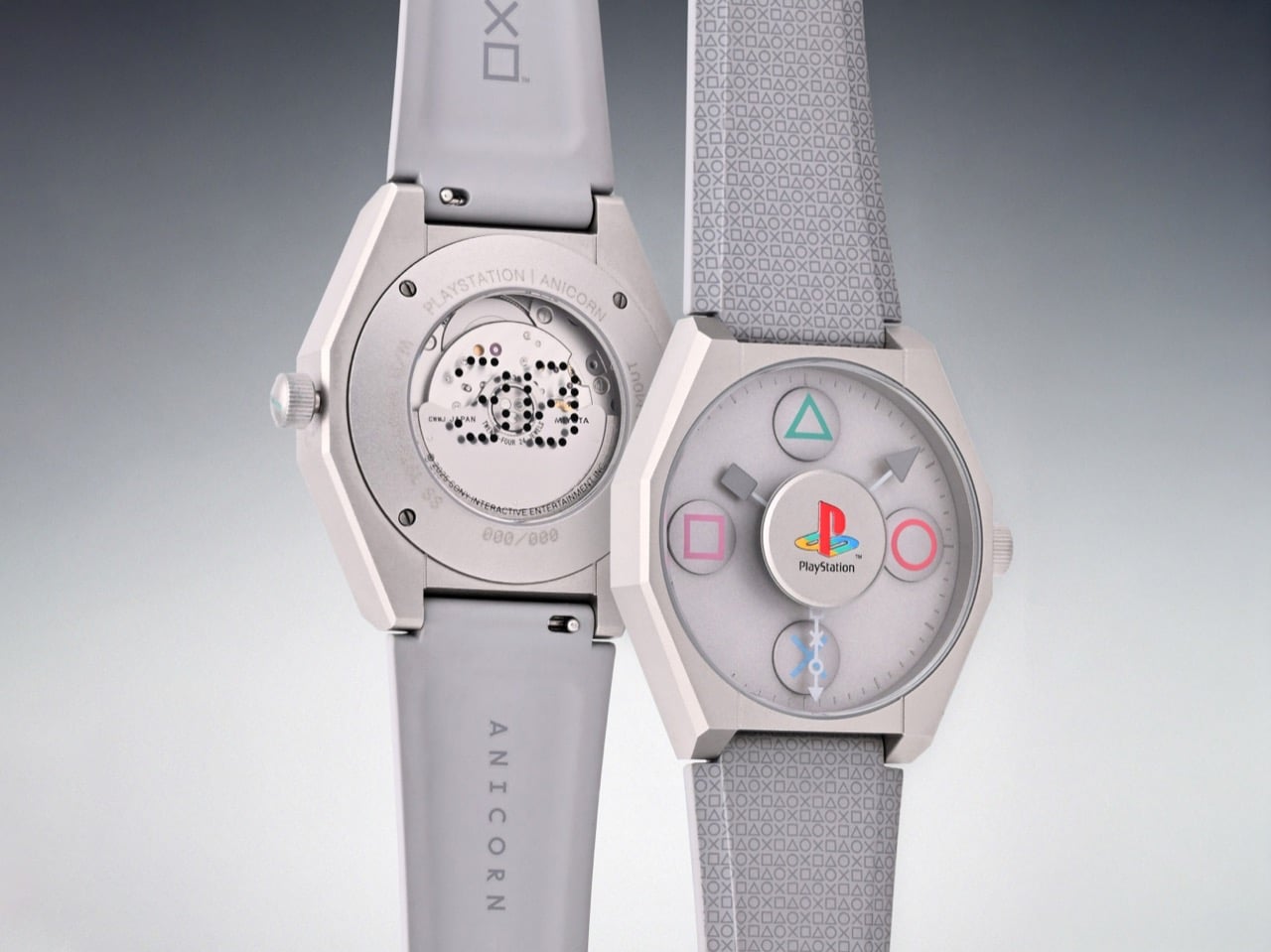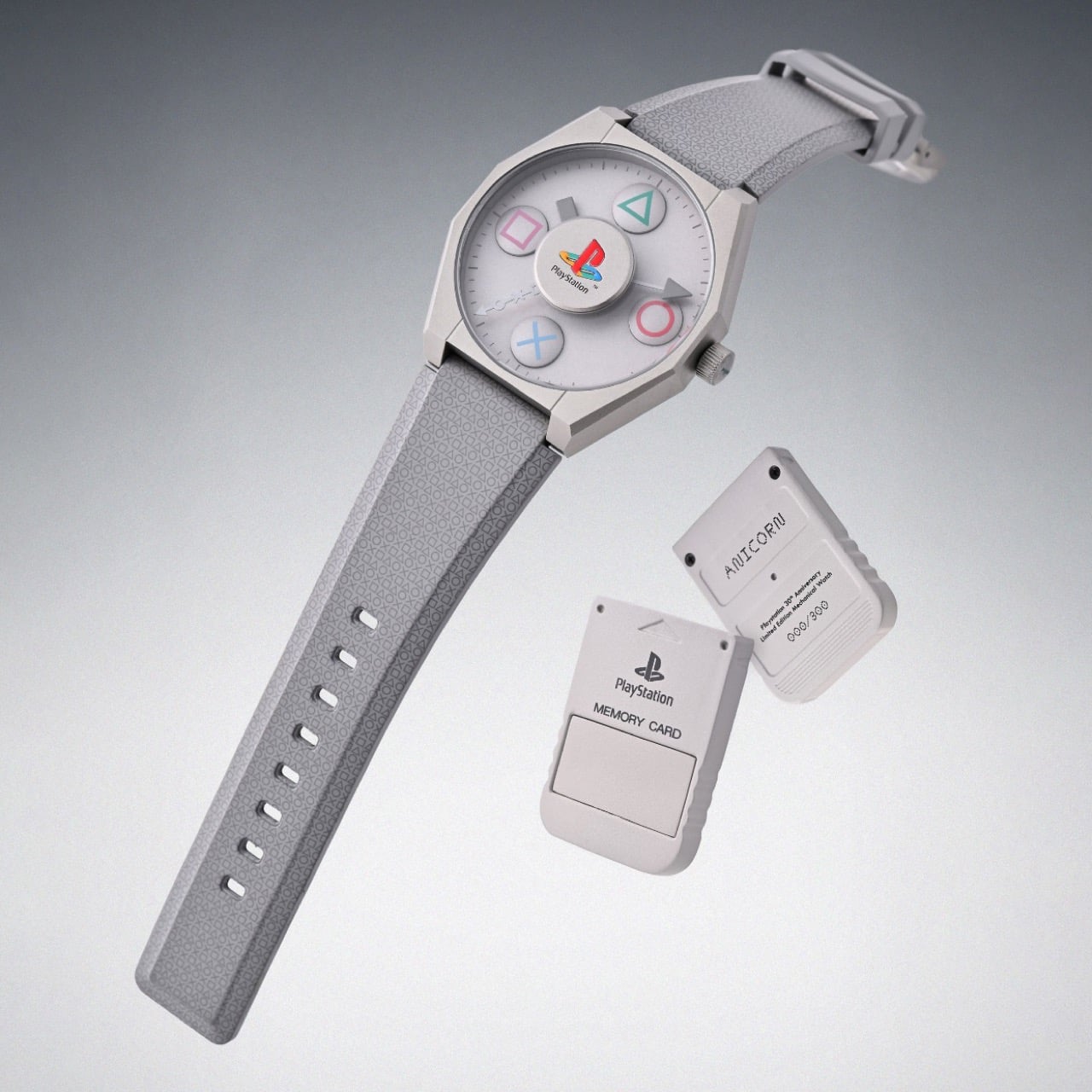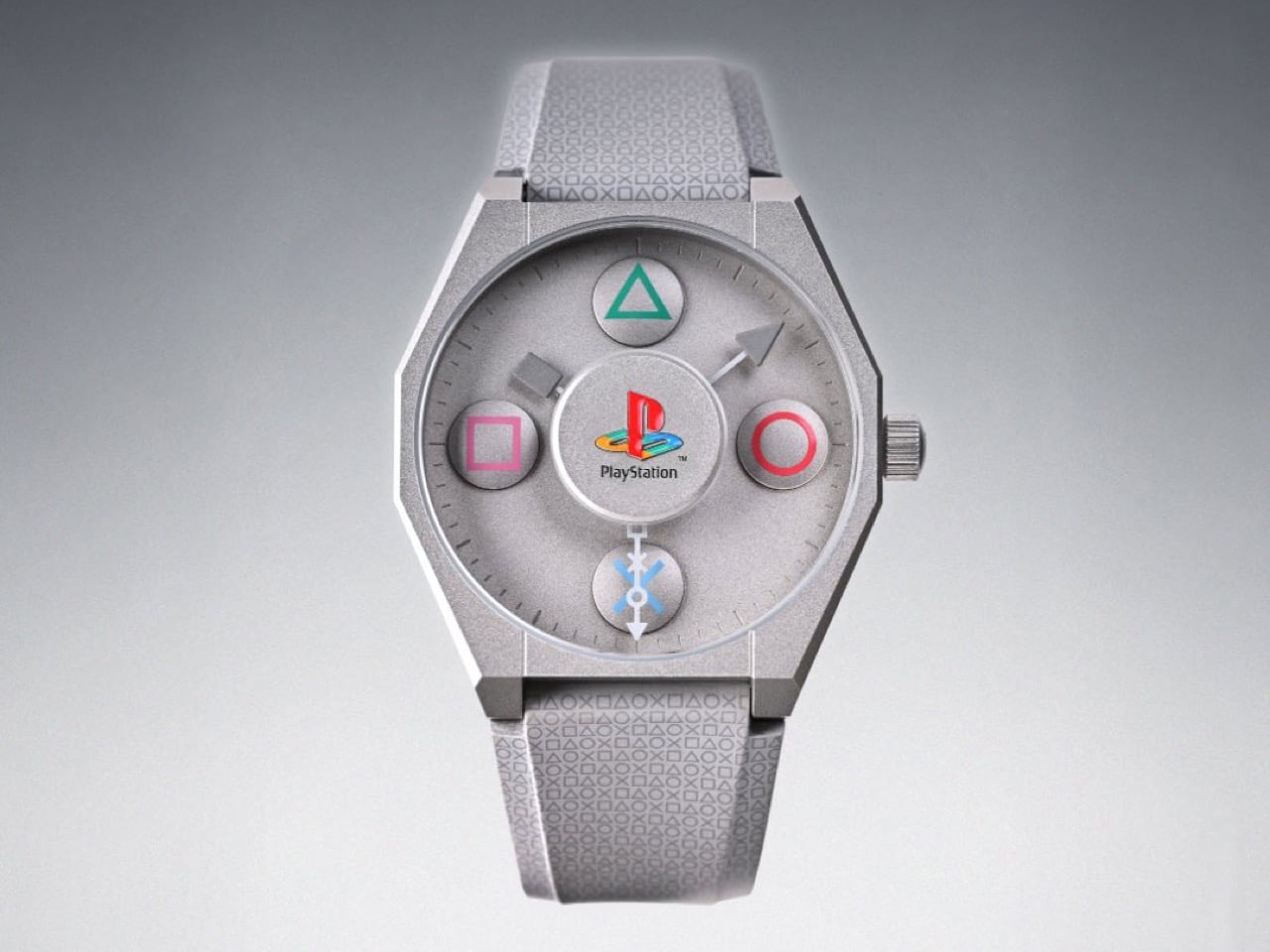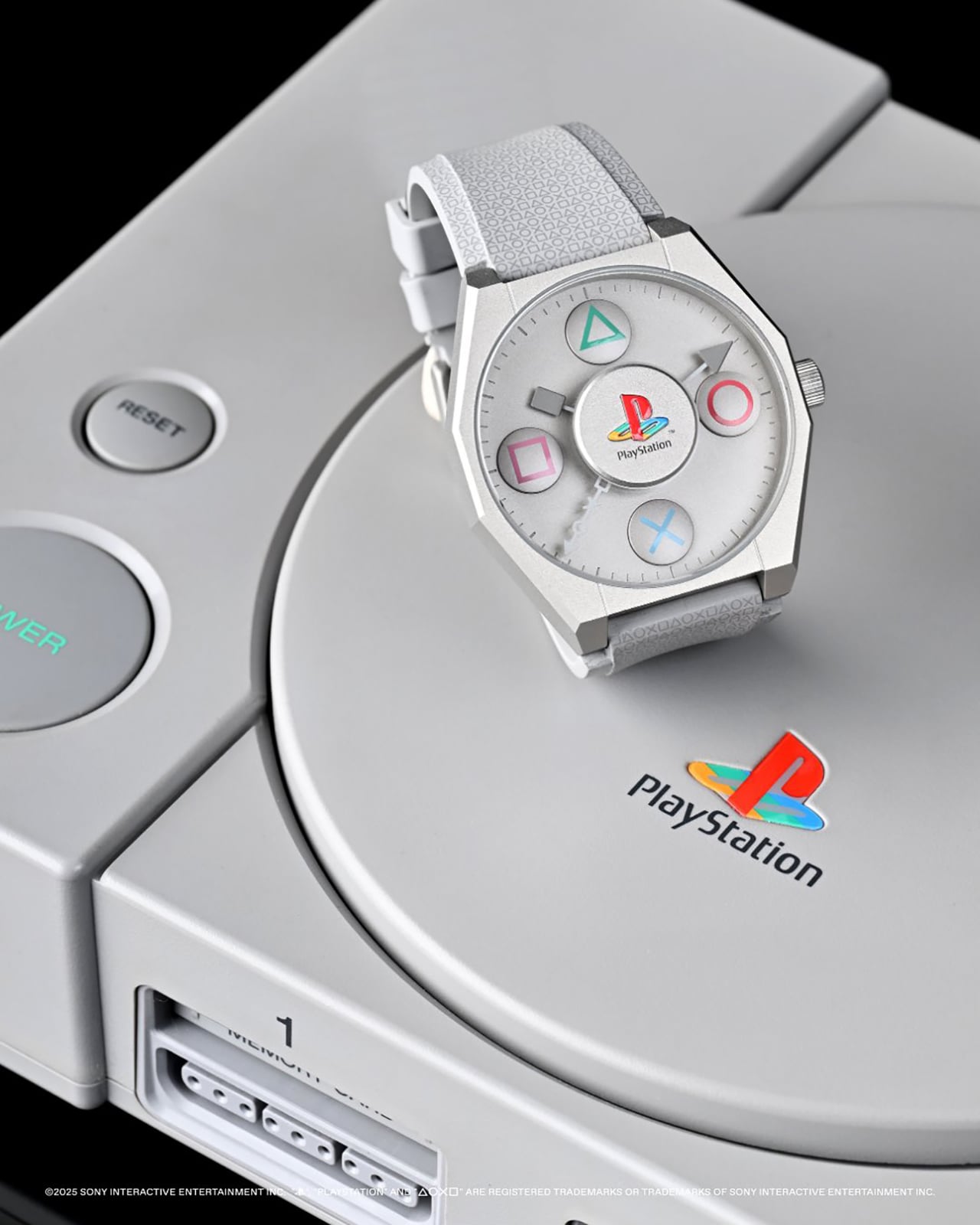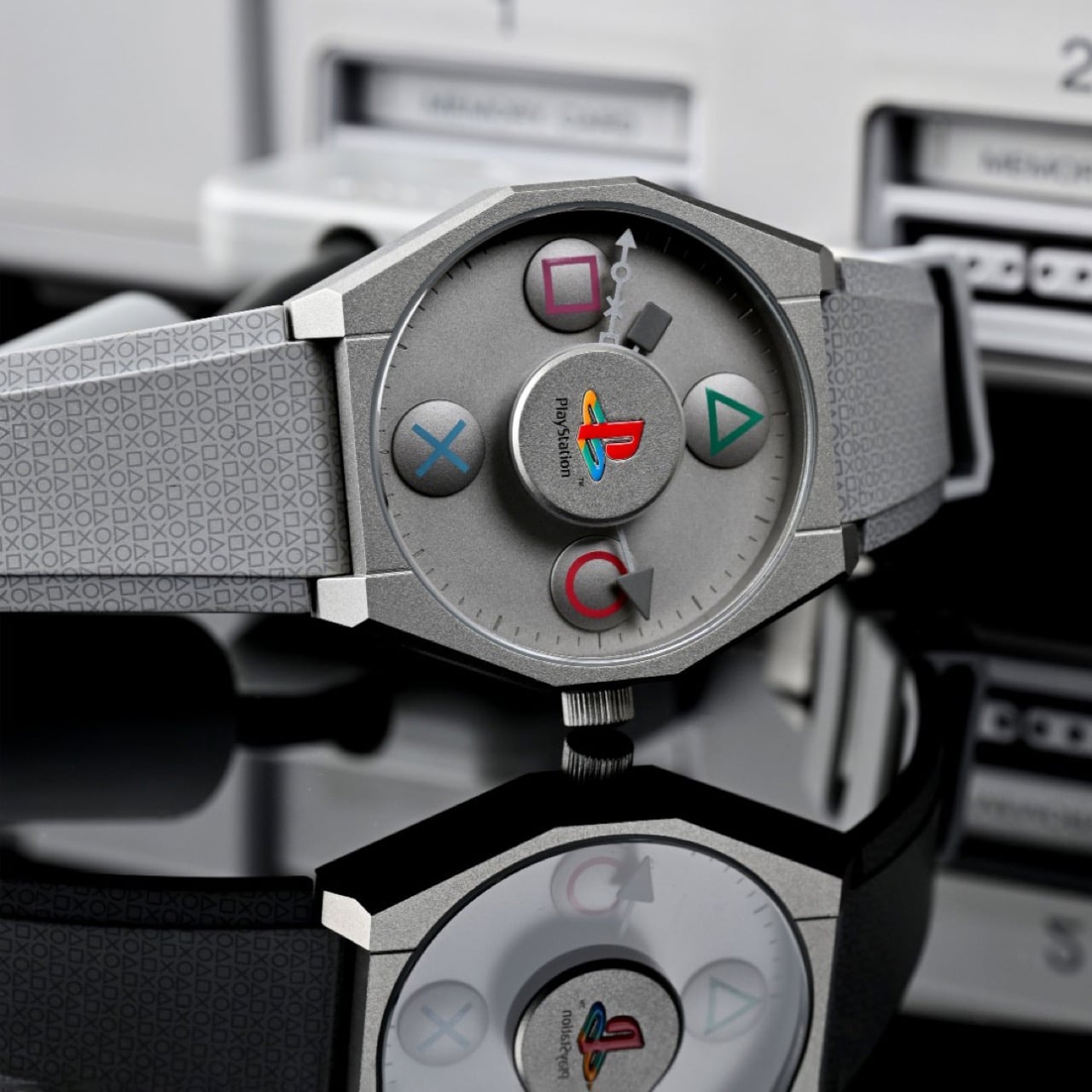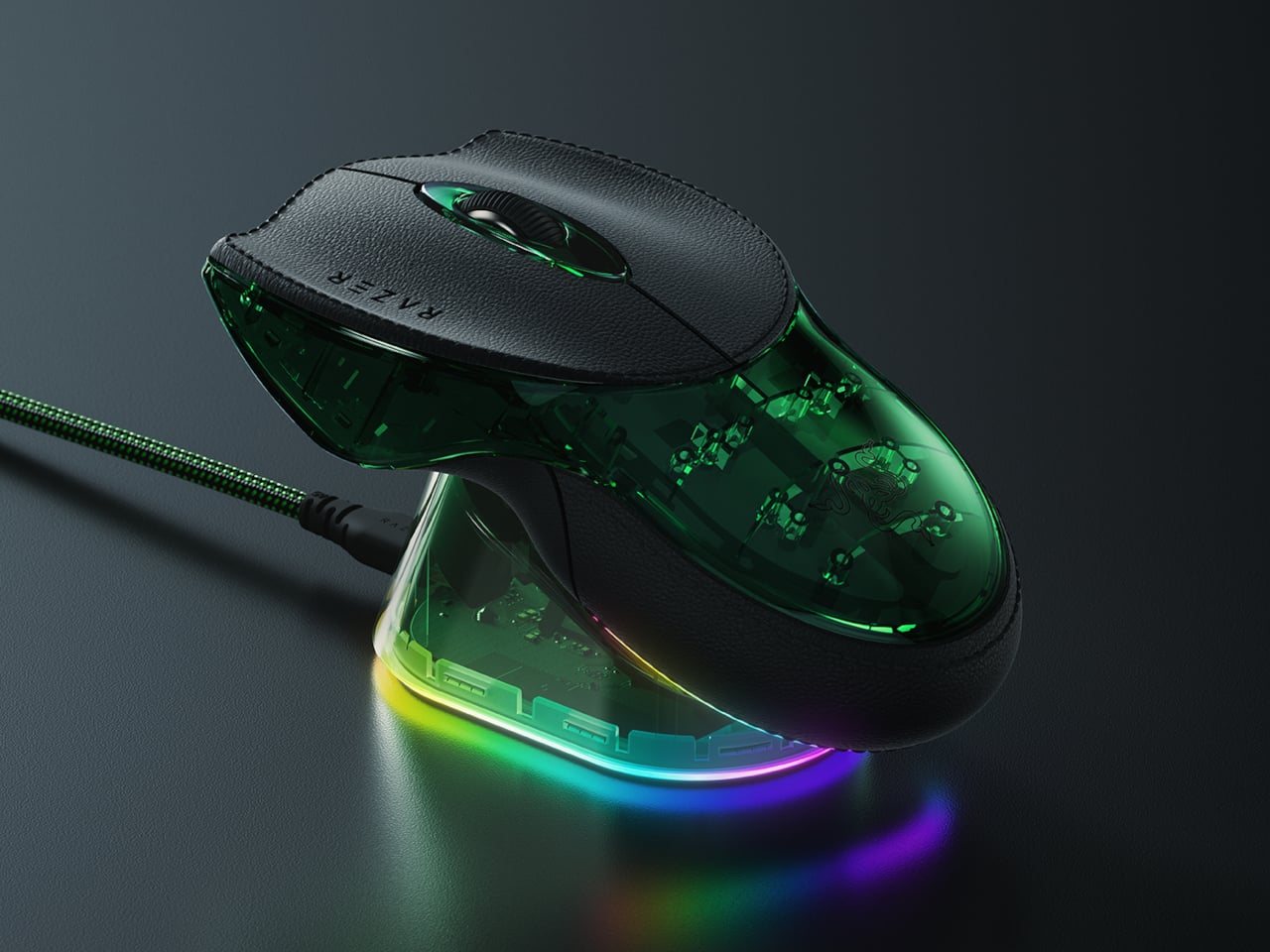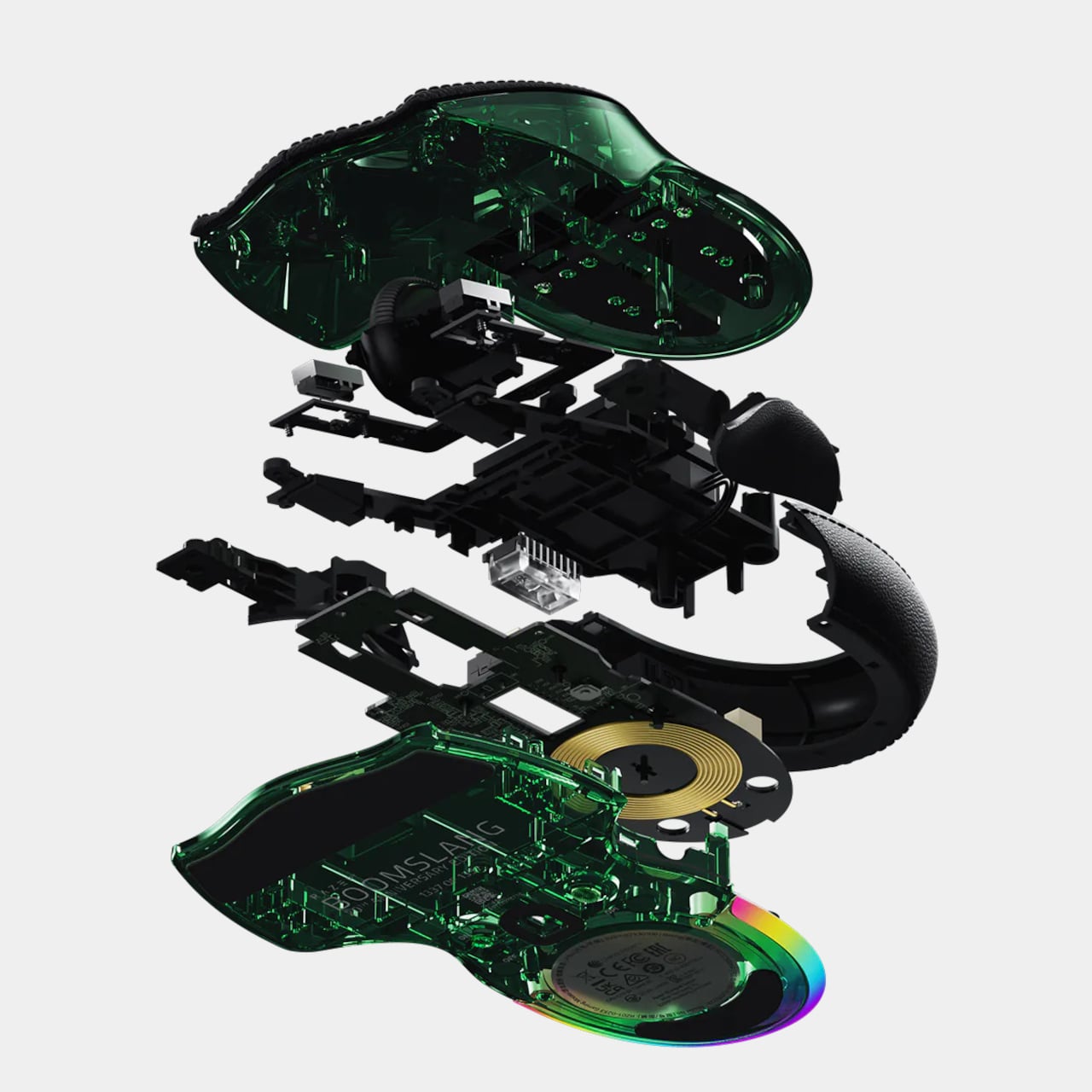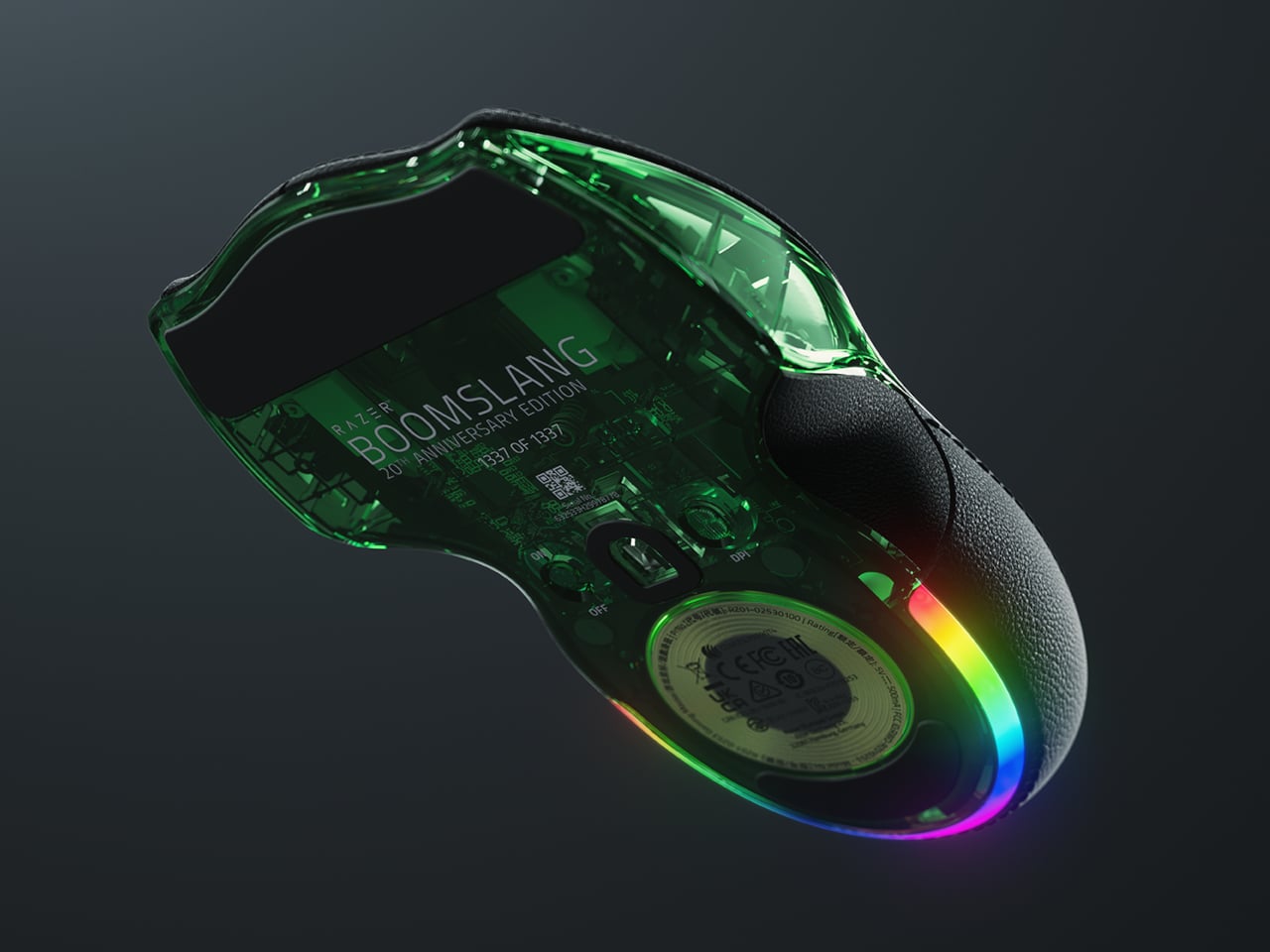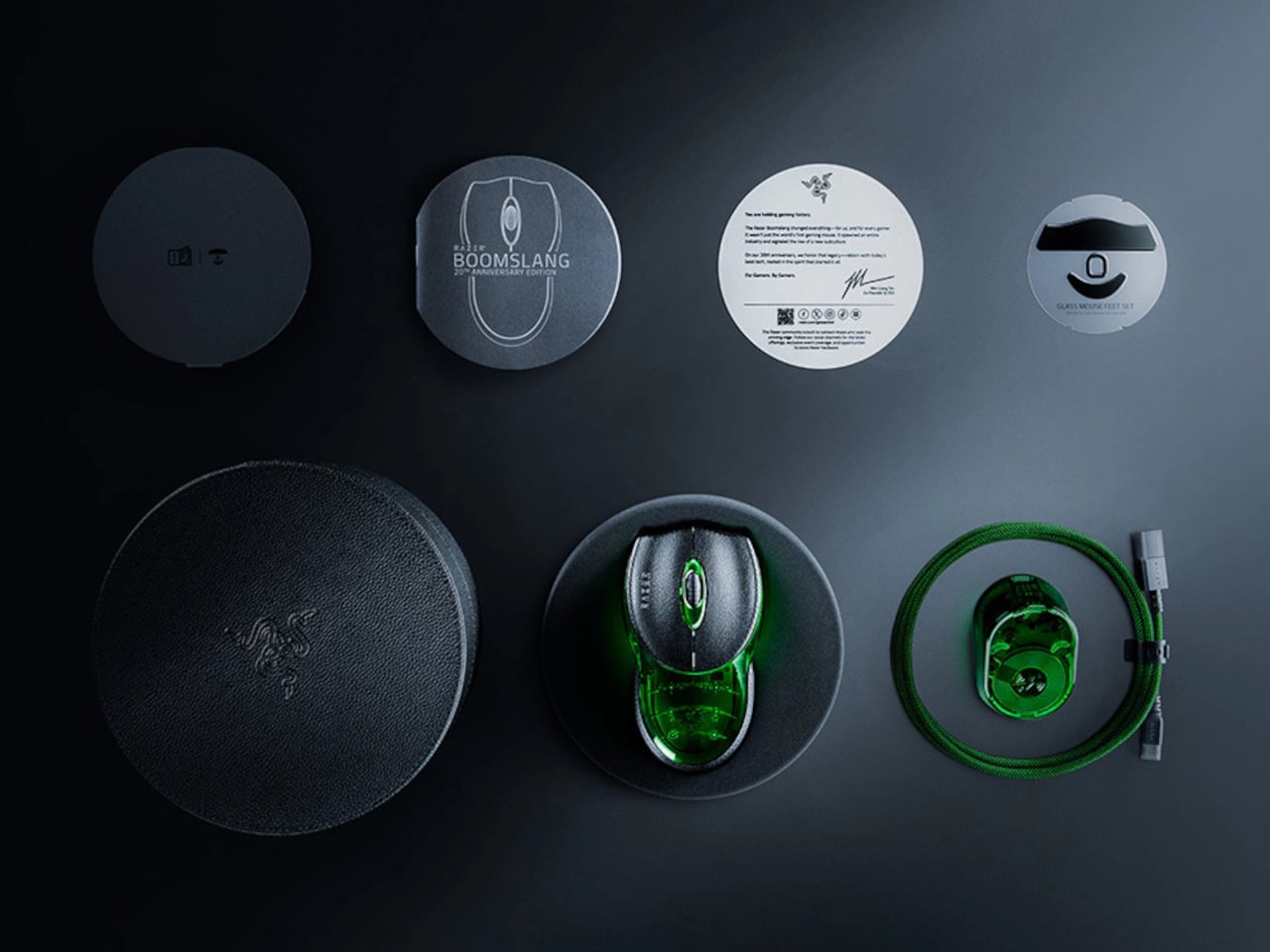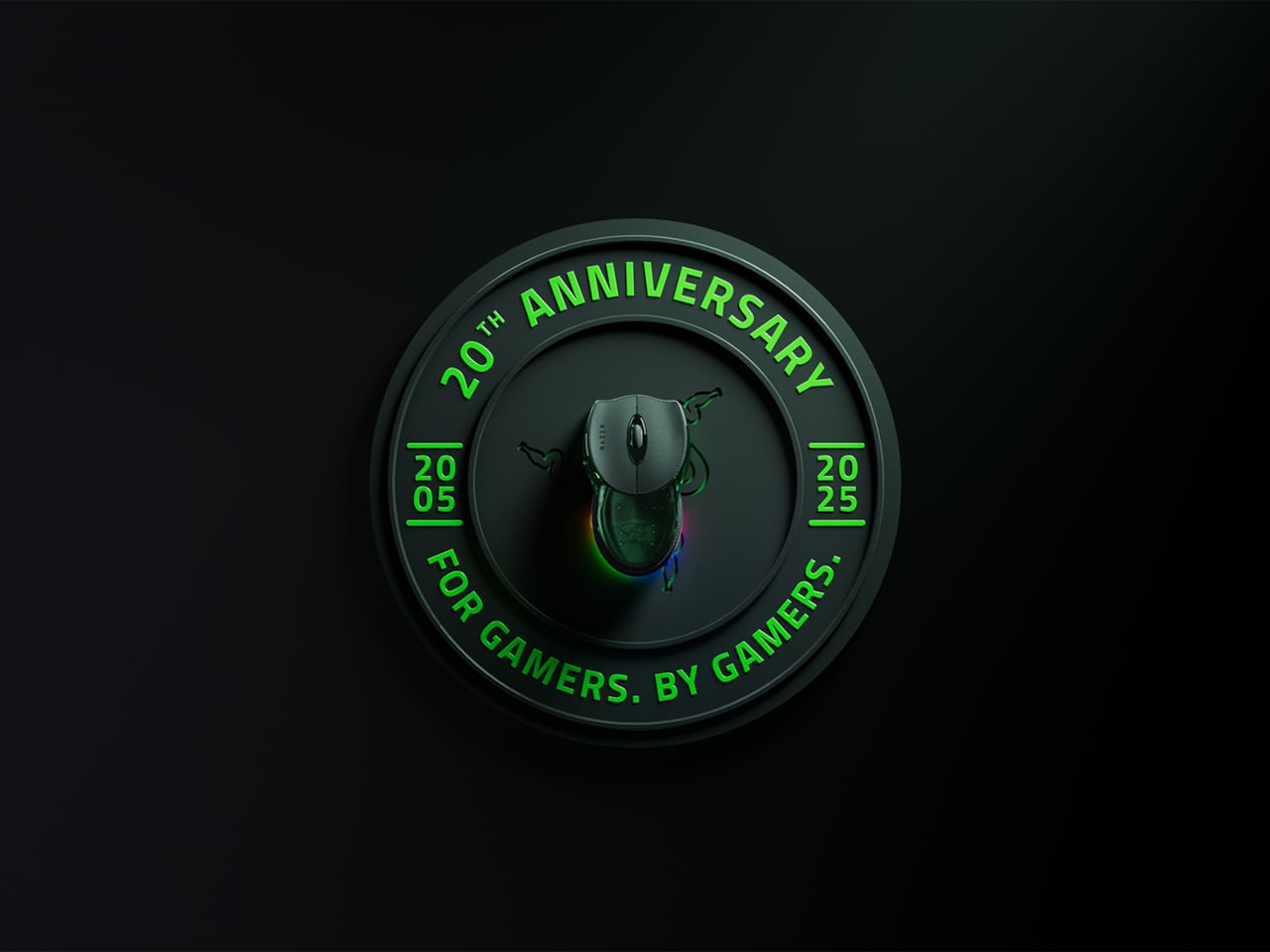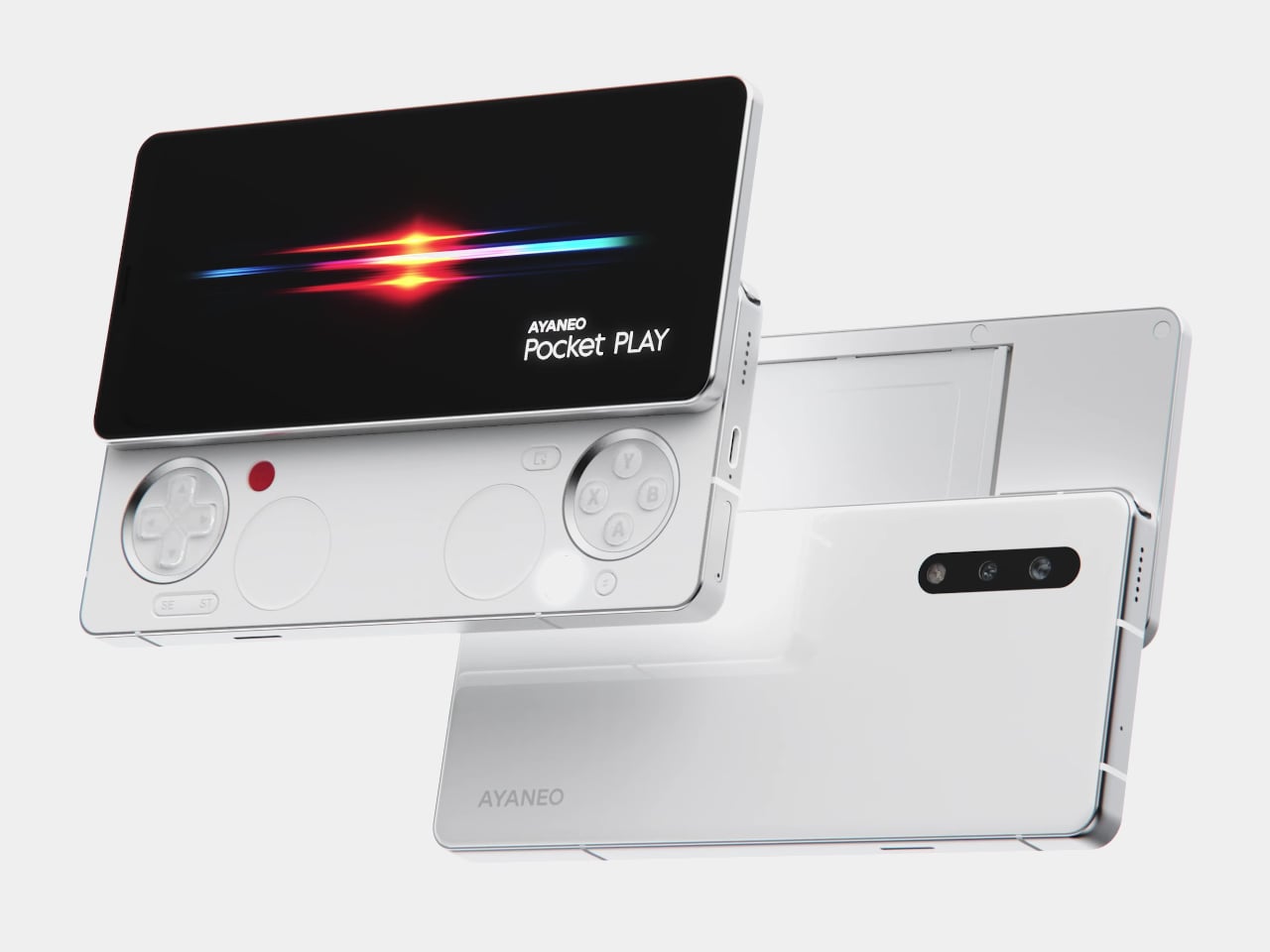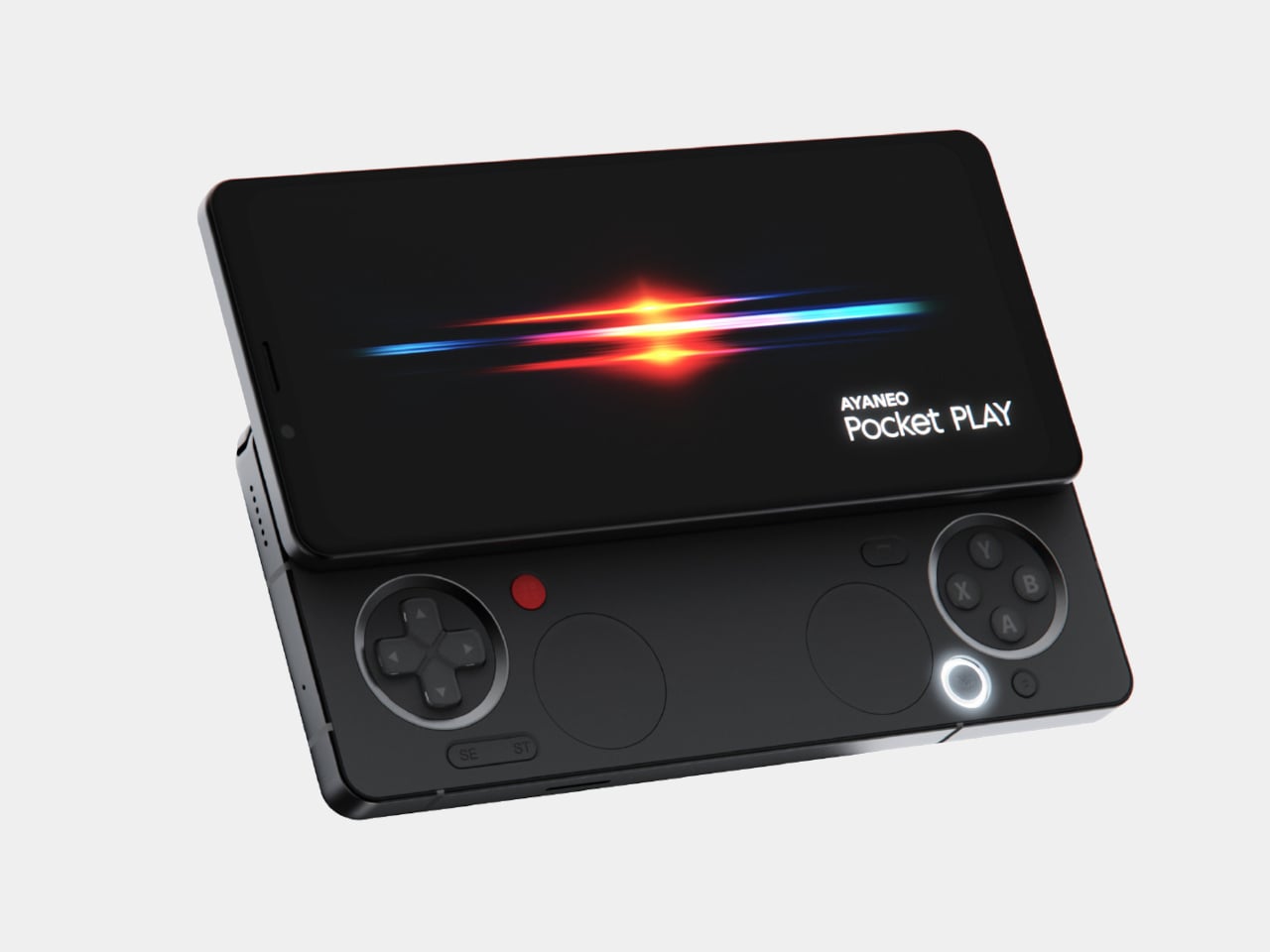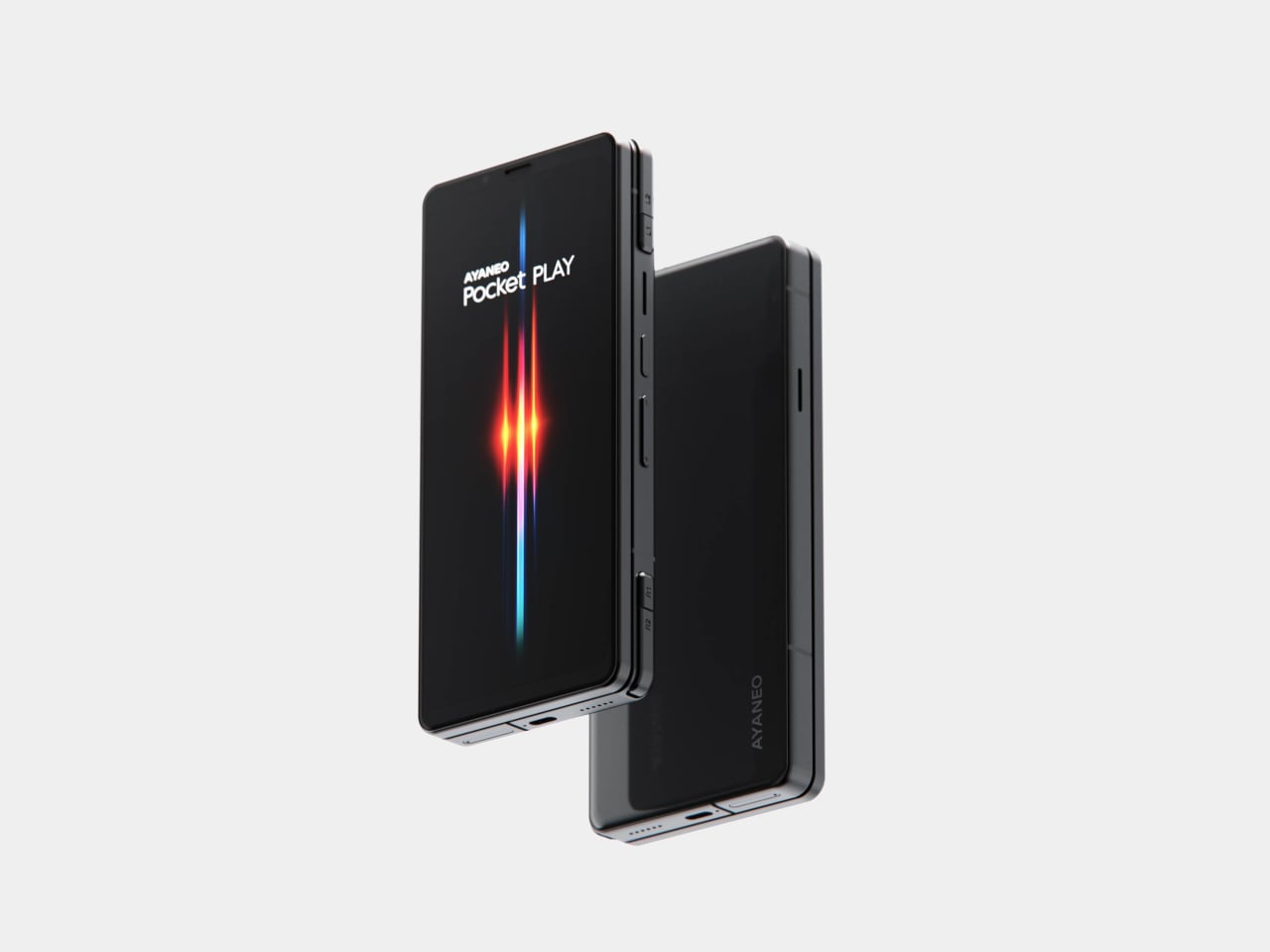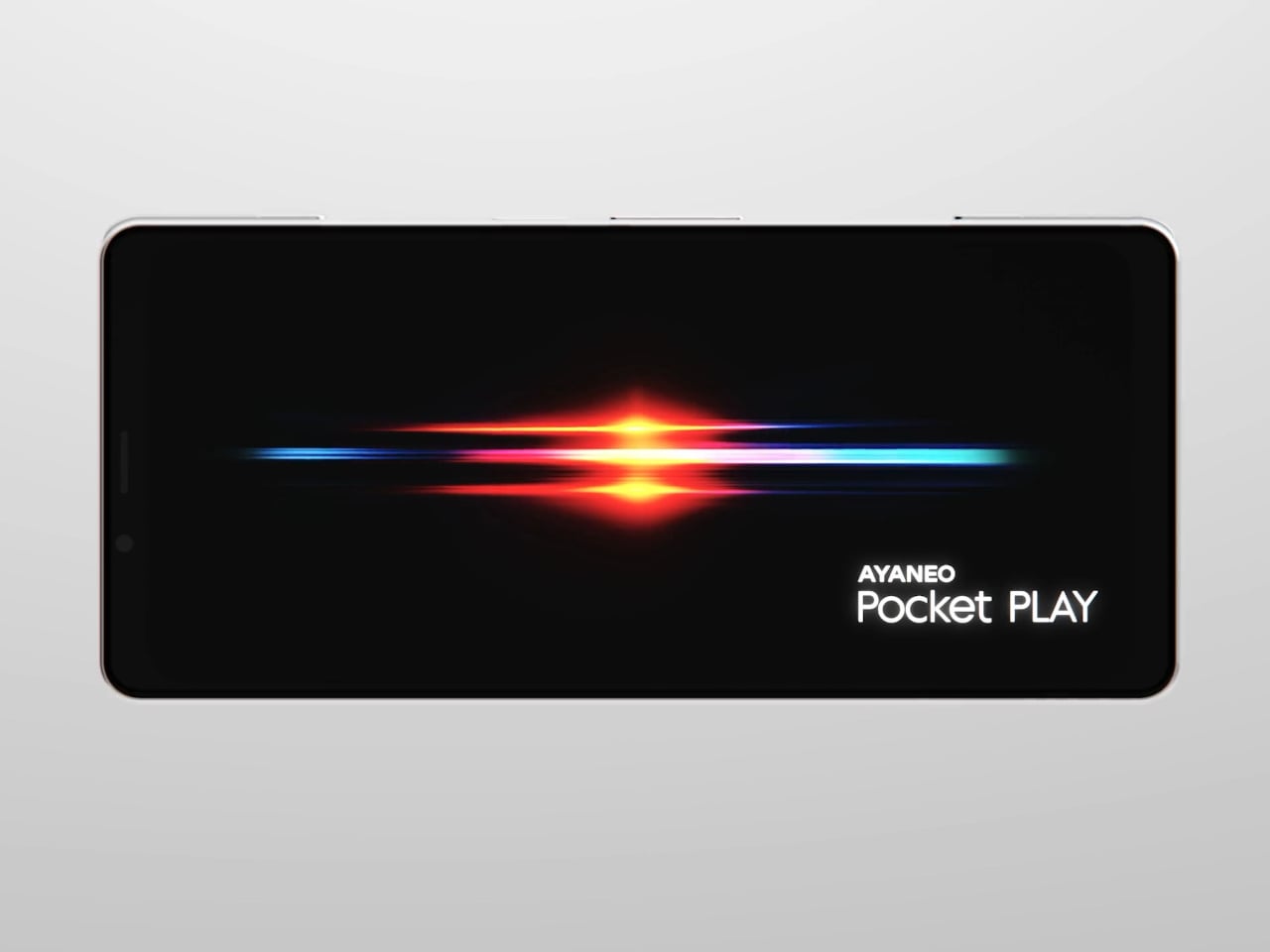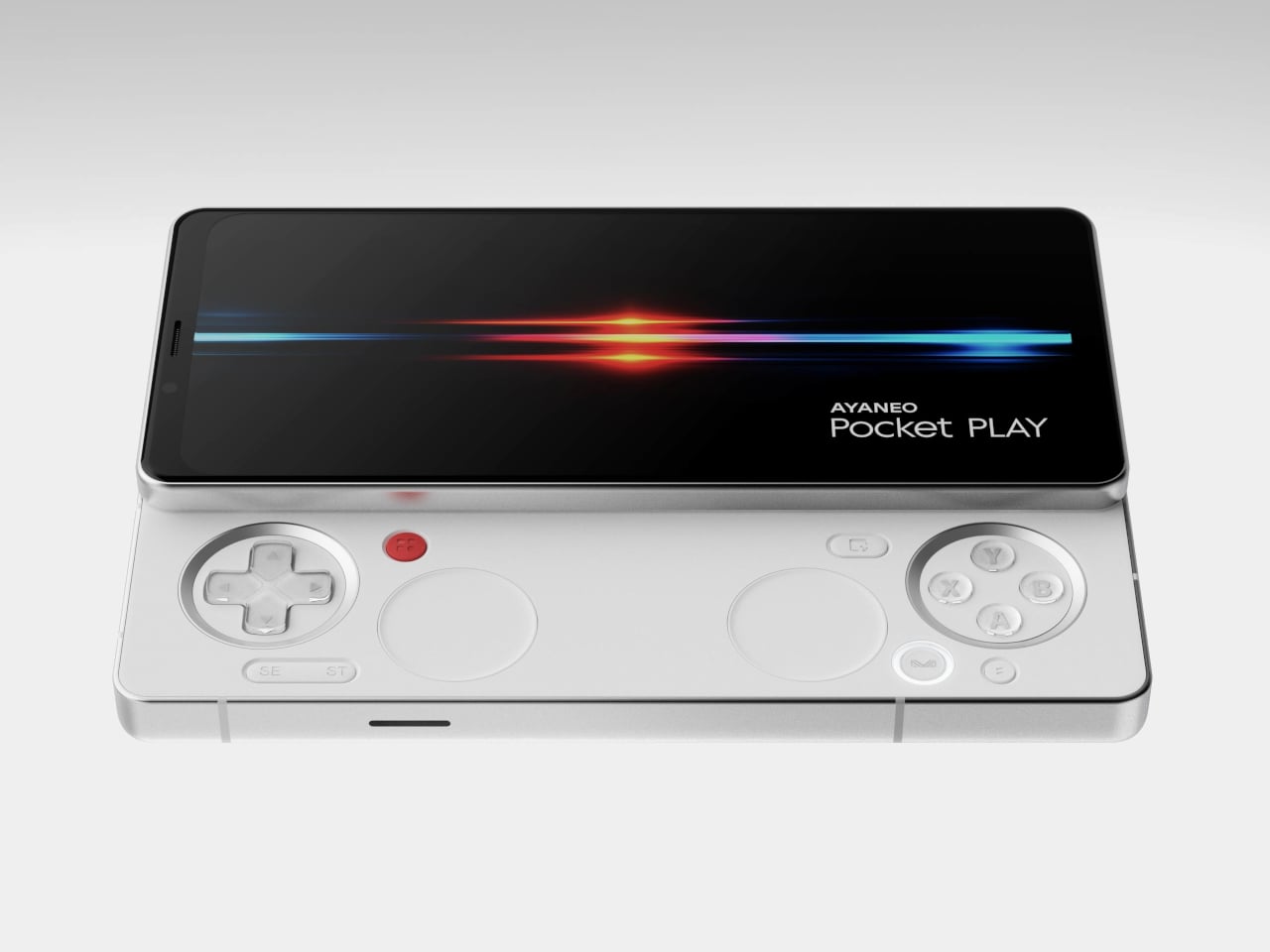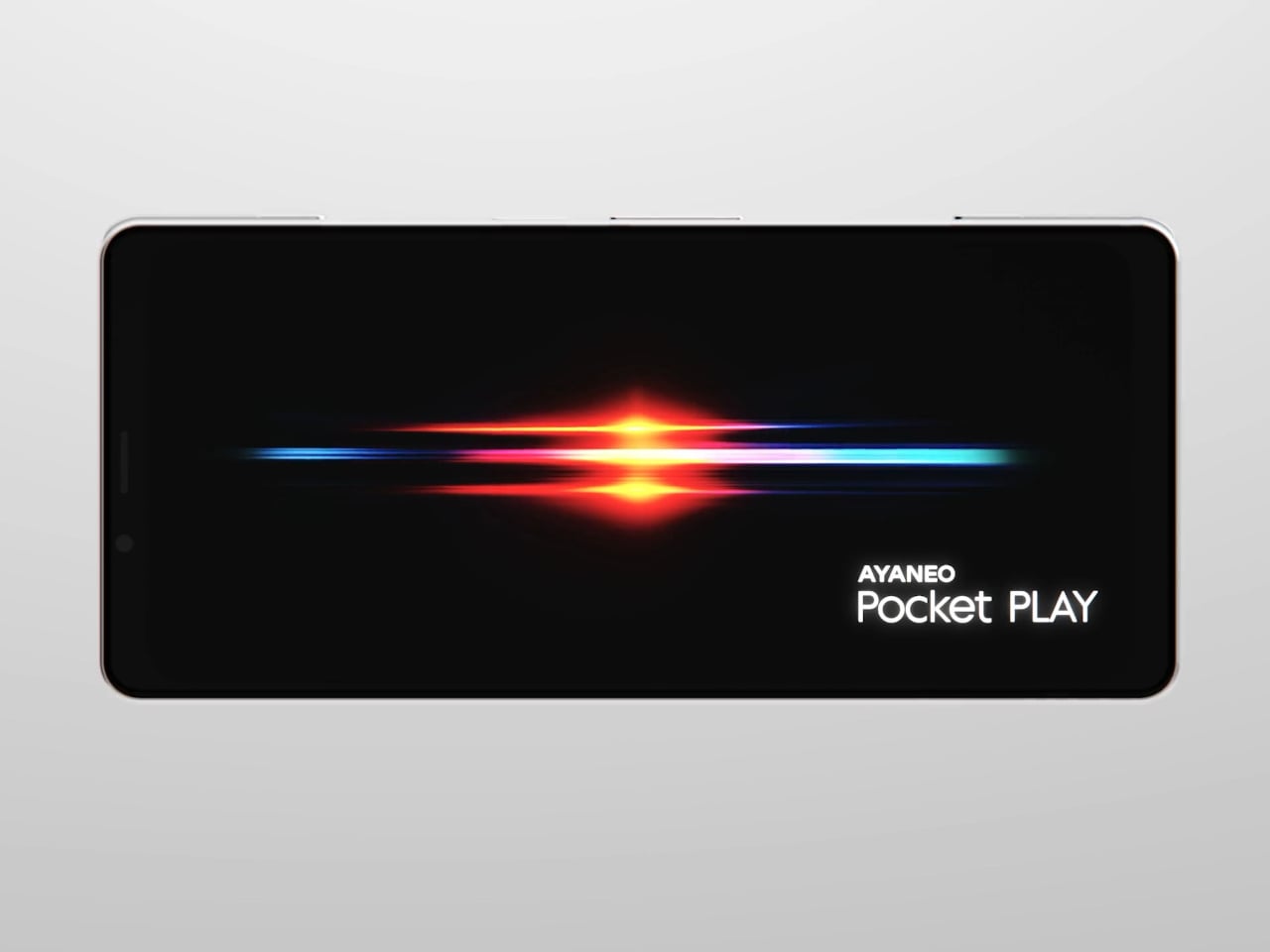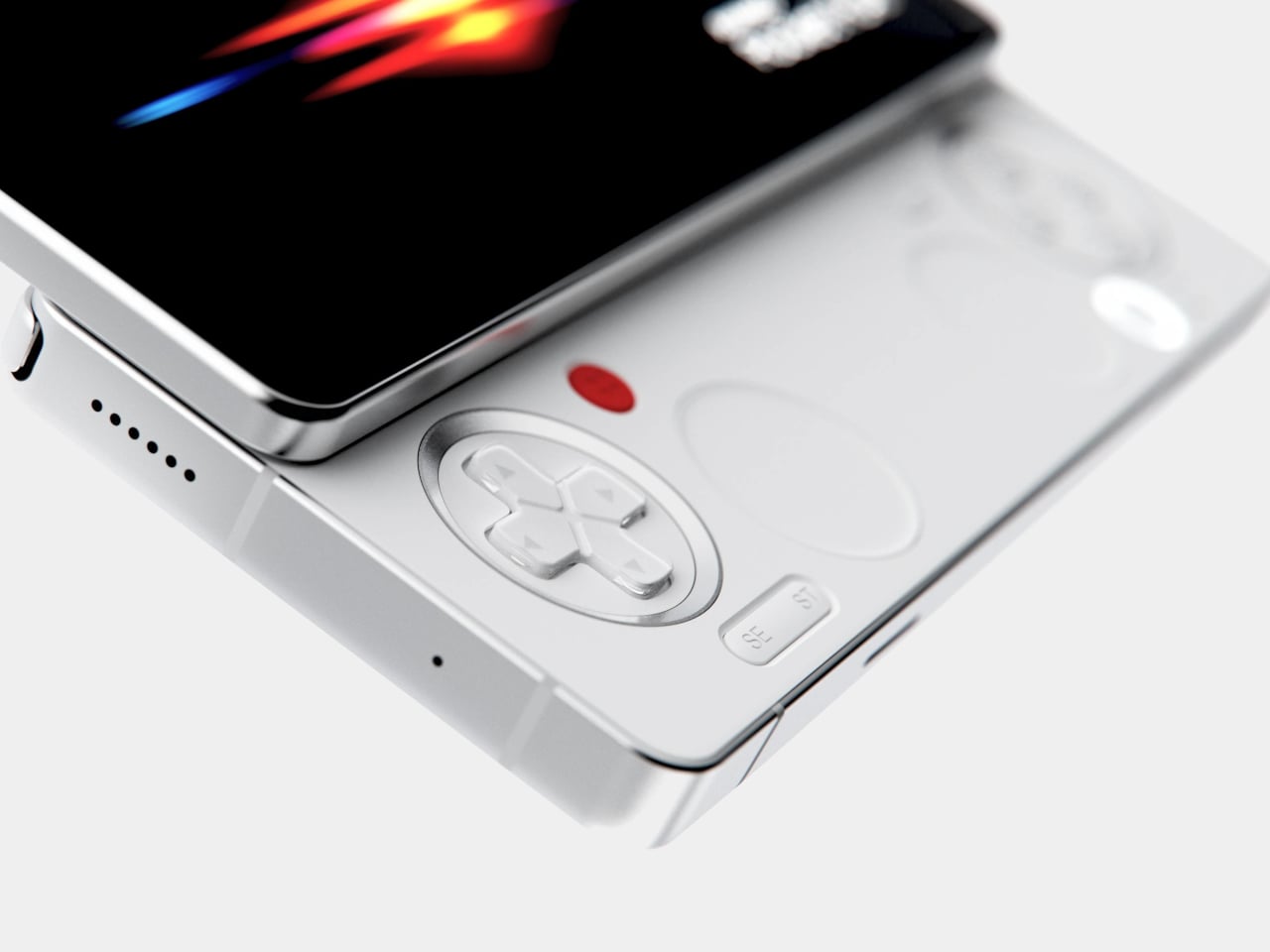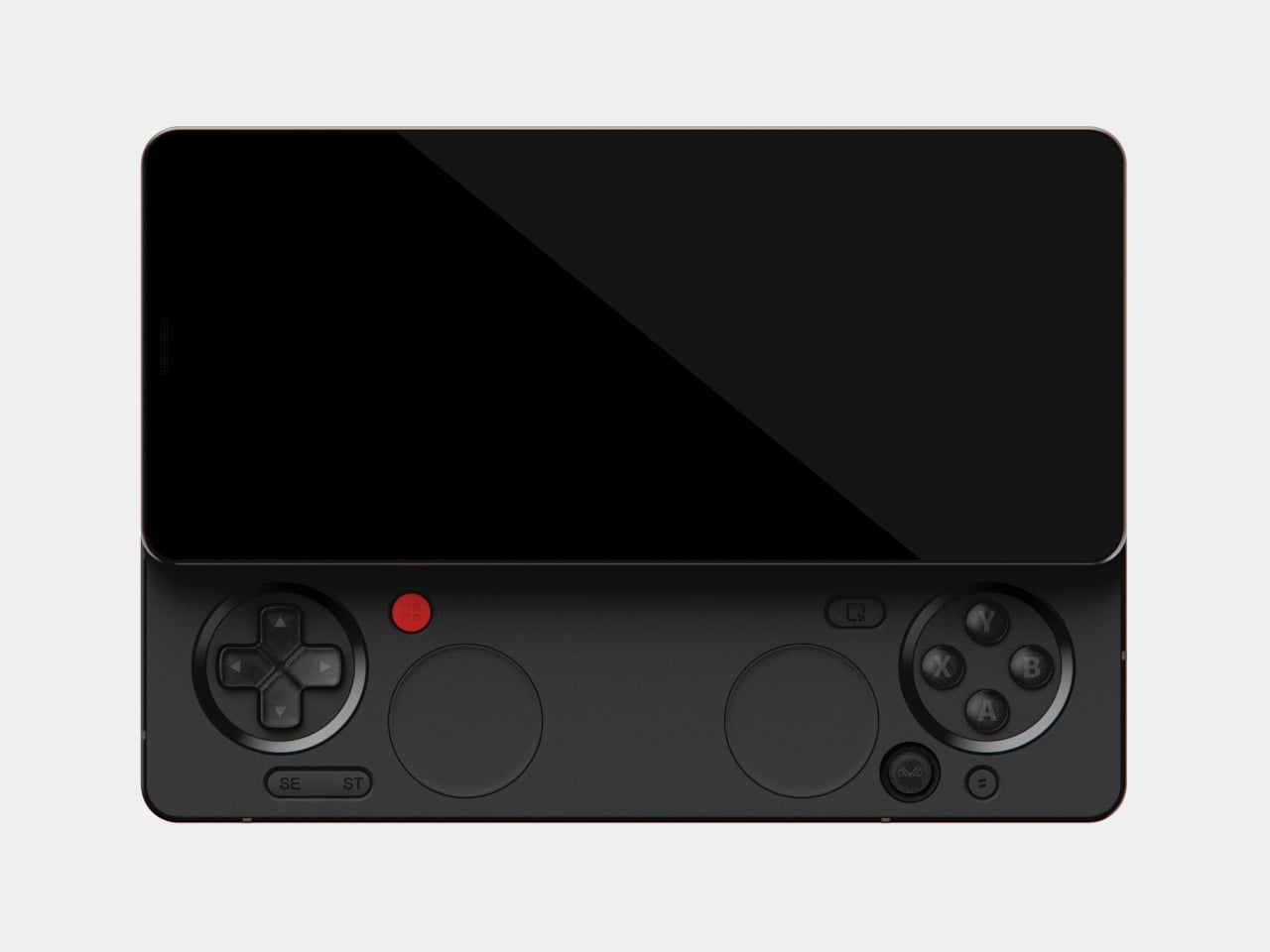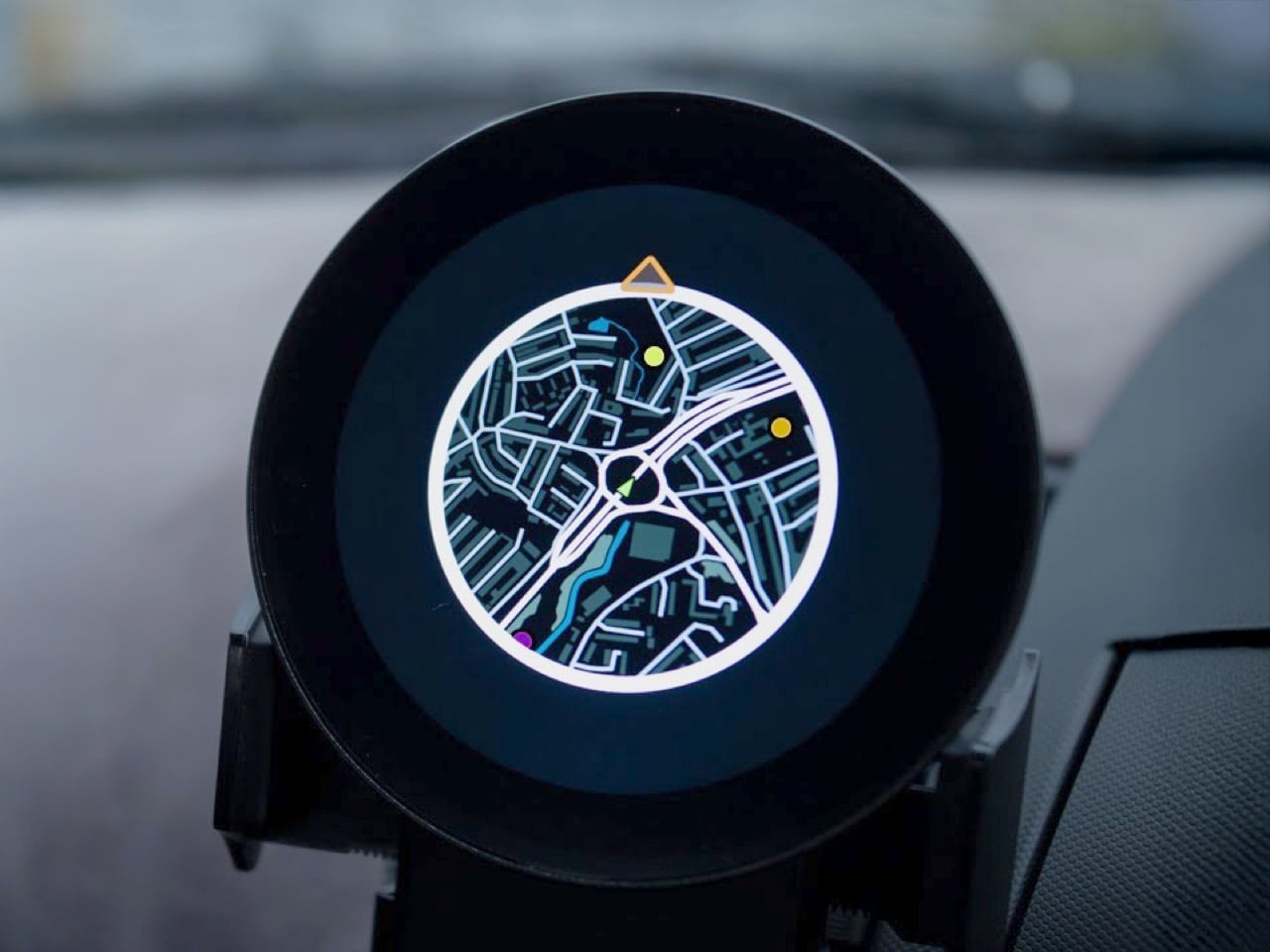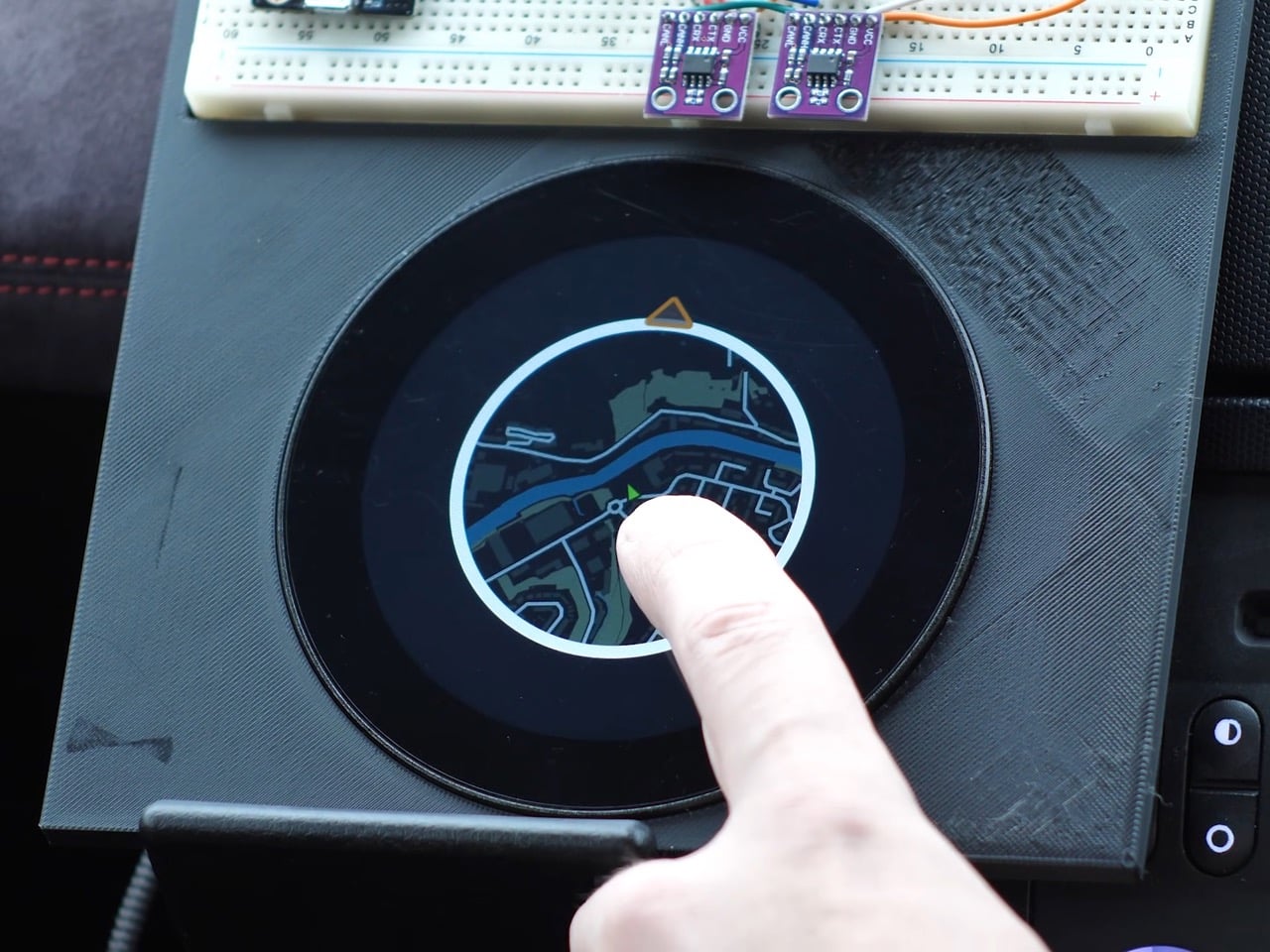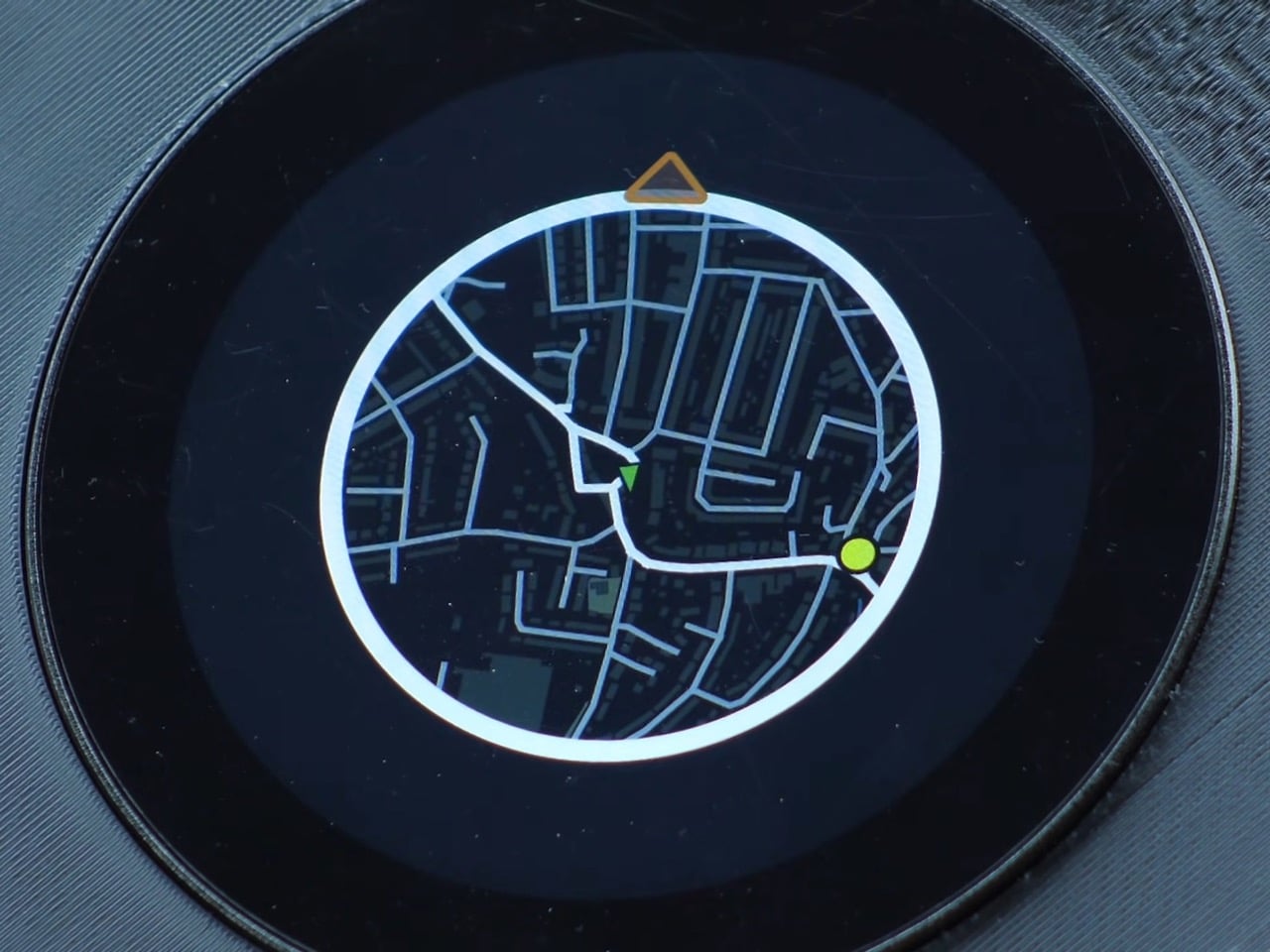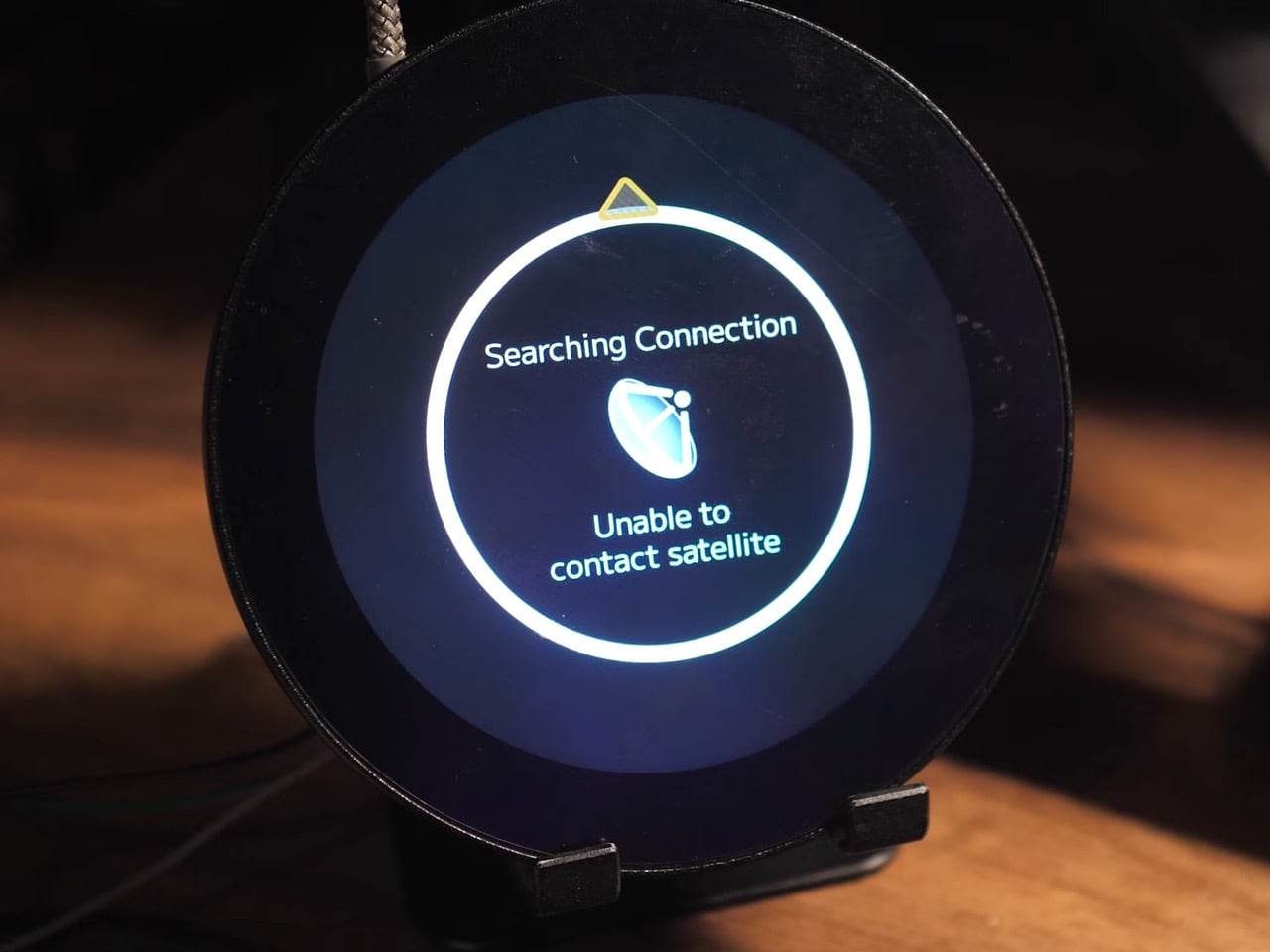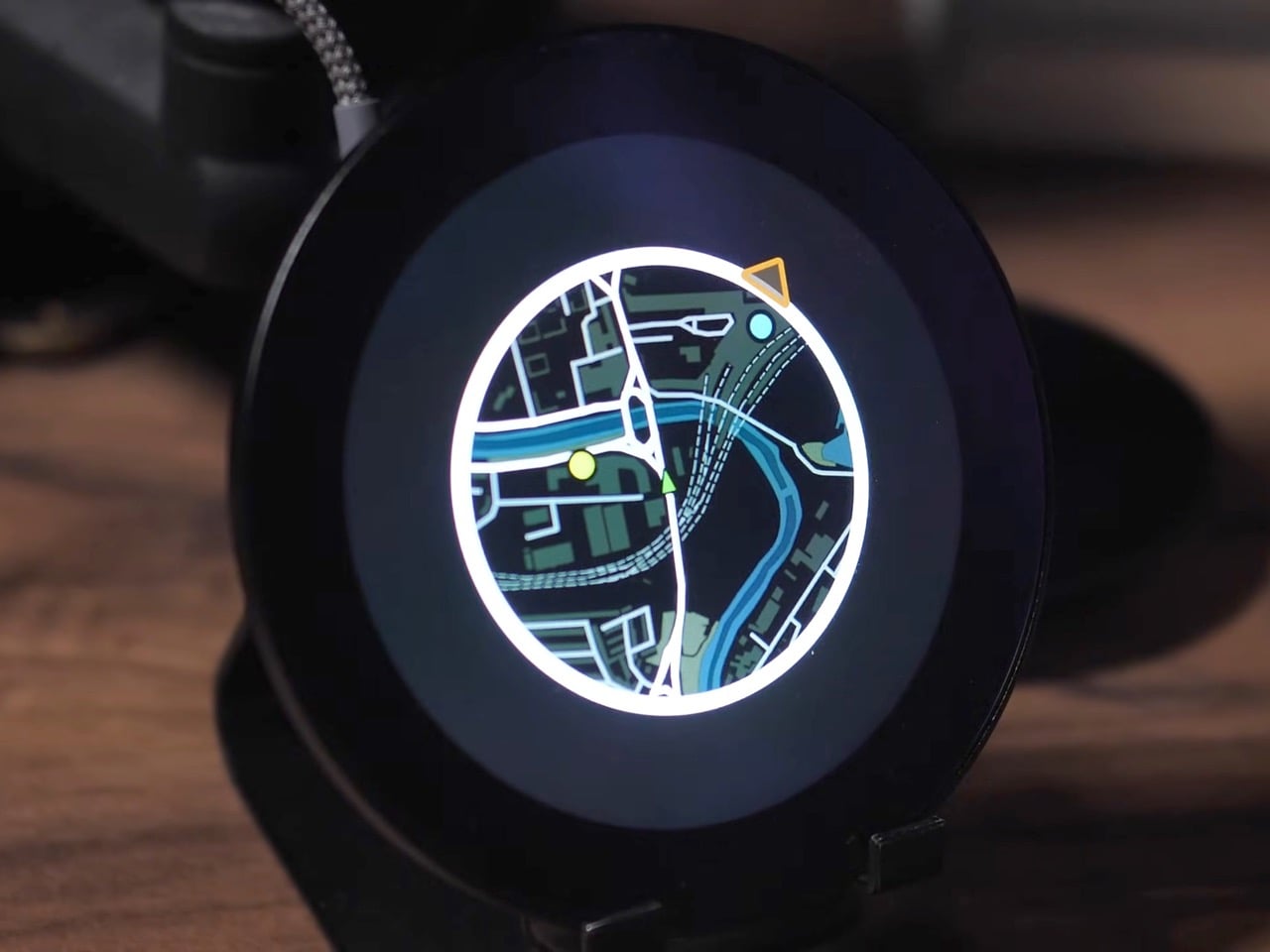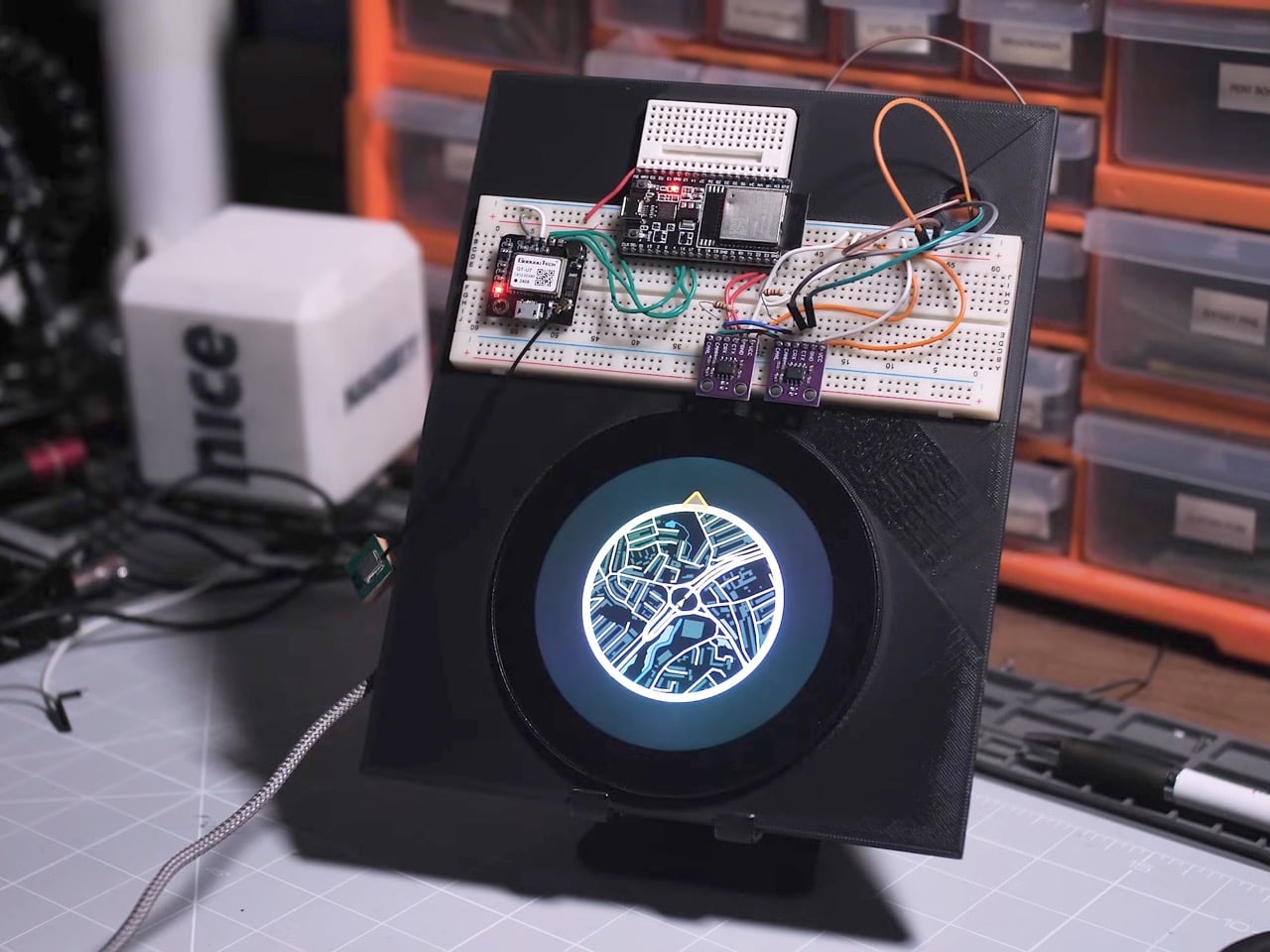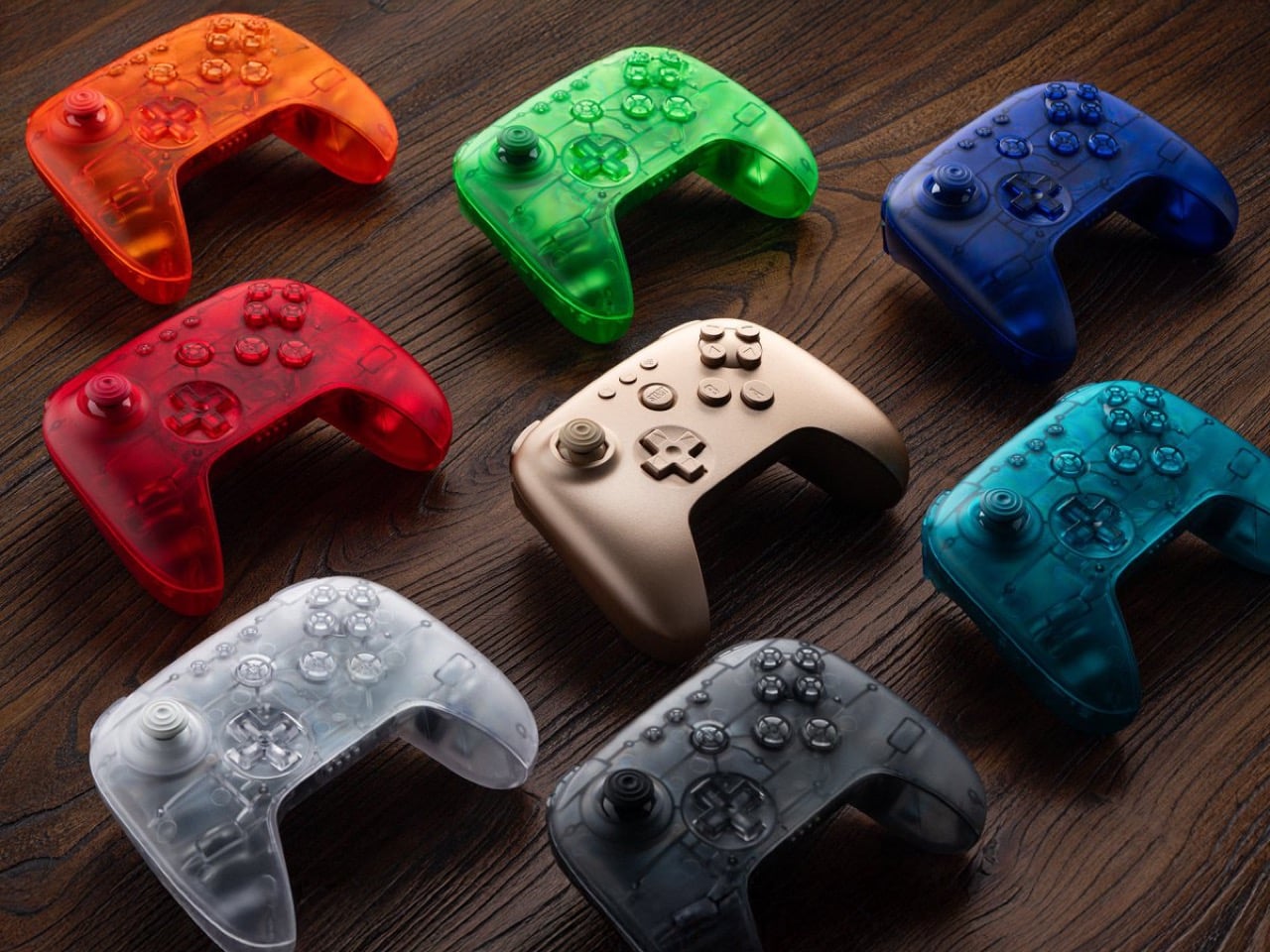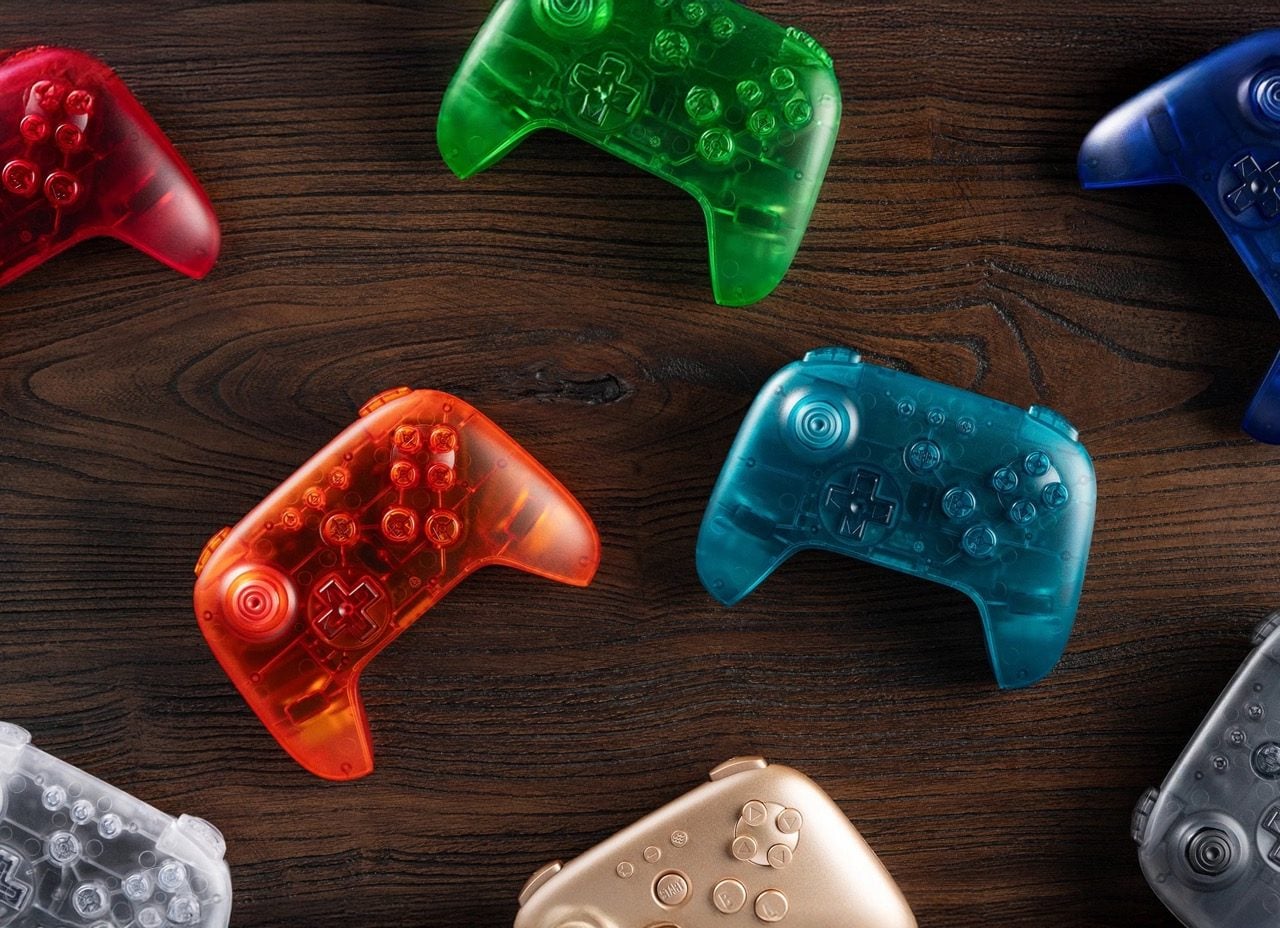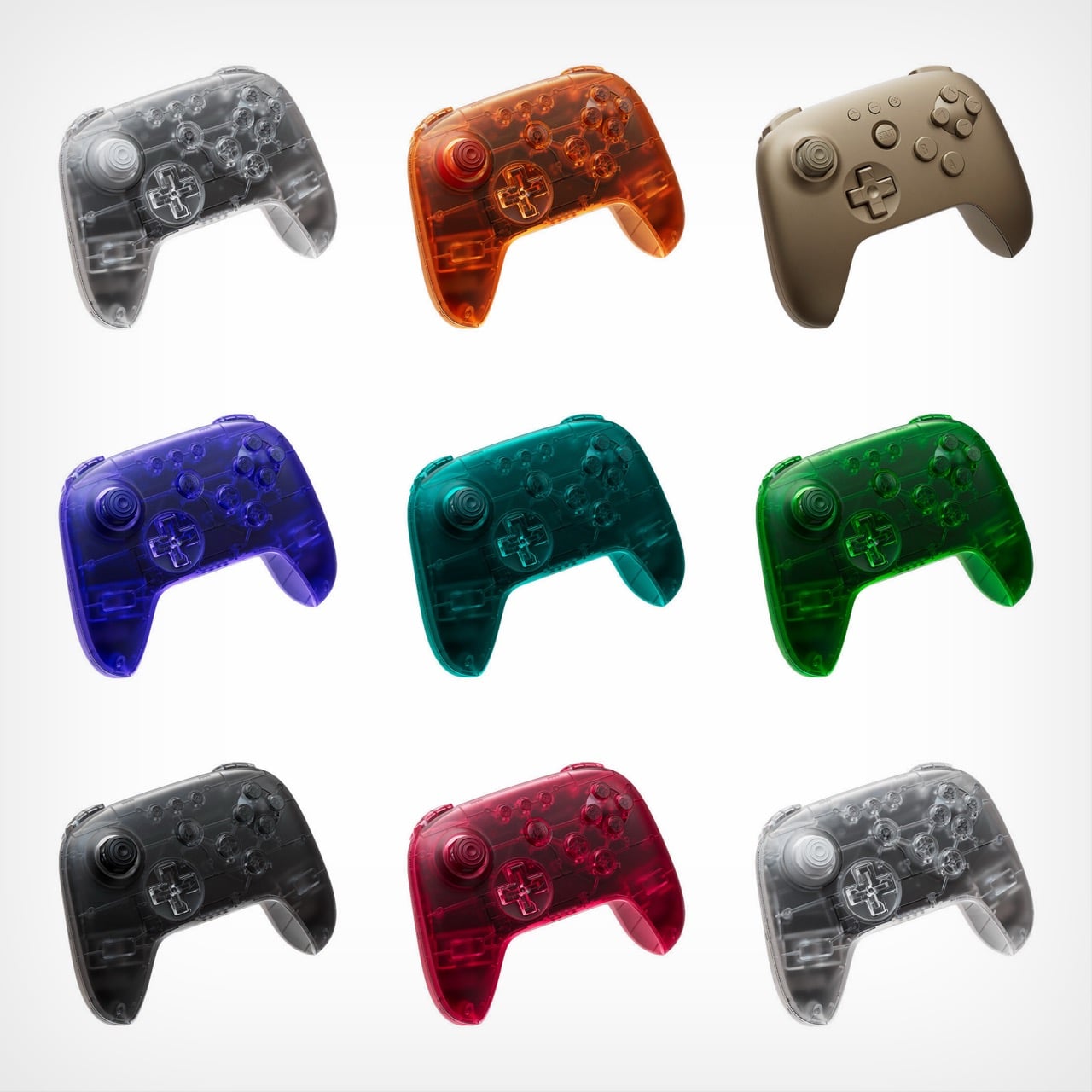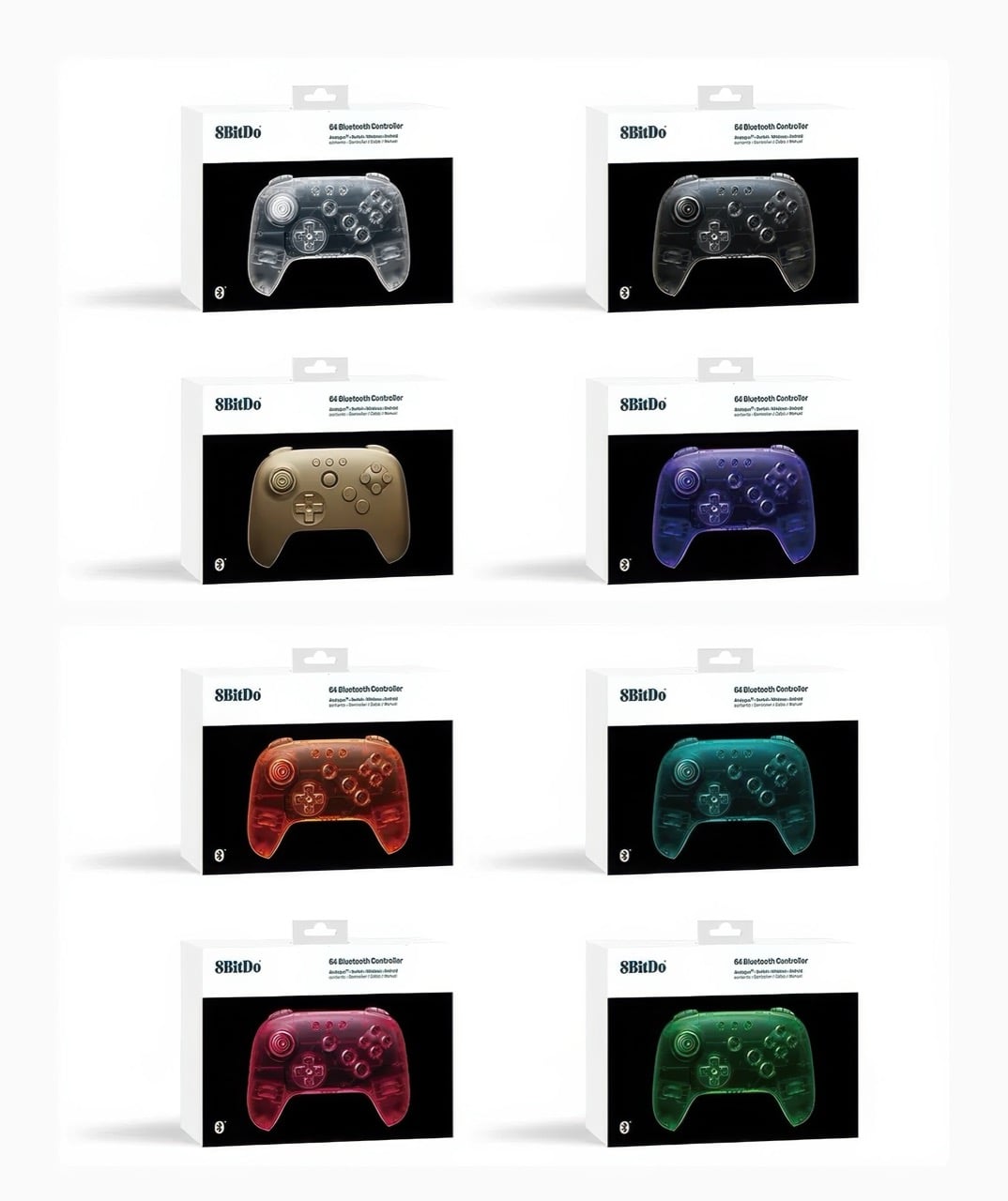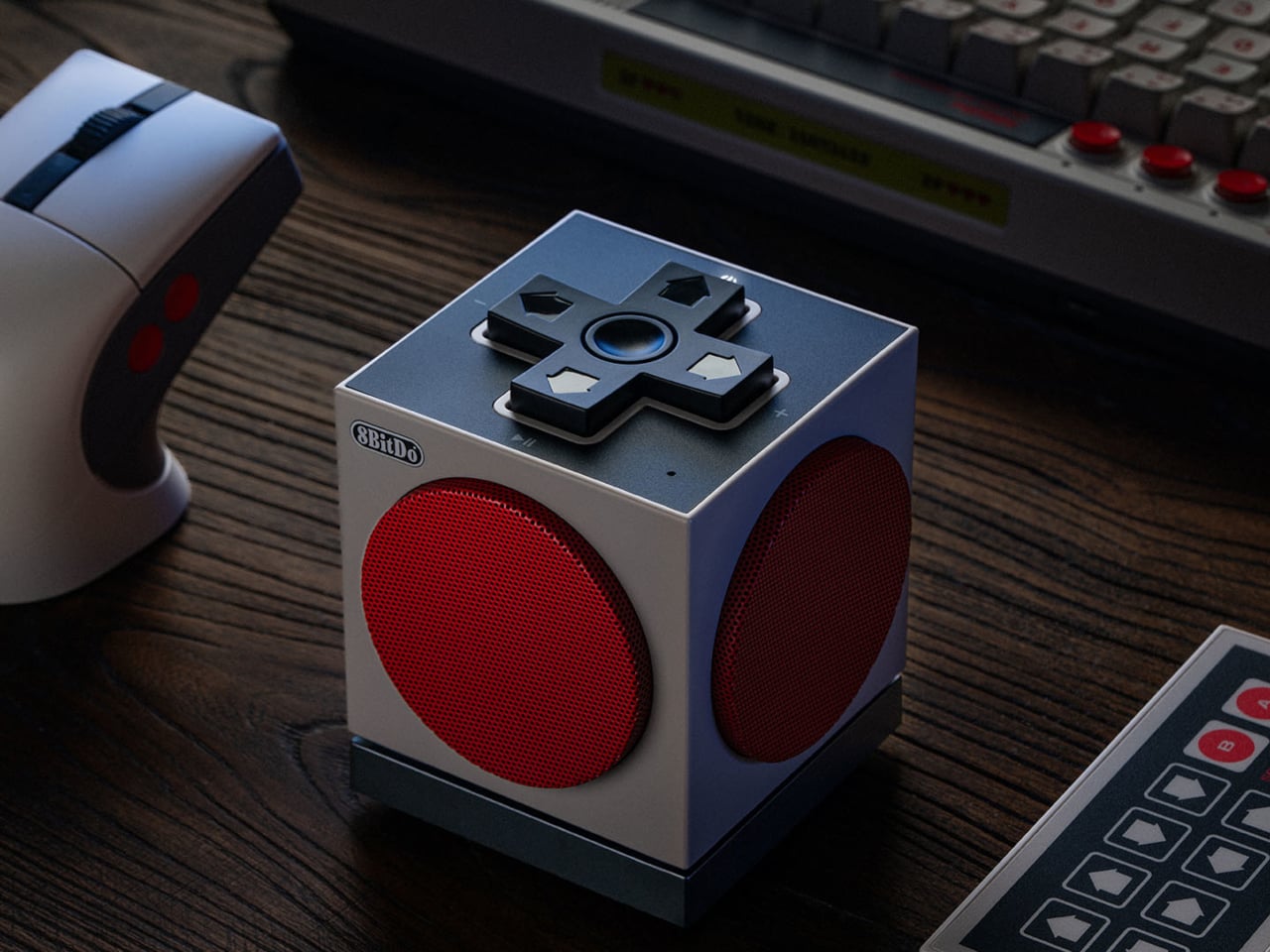
Most small Bluetooth speakers are generic cylinders or bricks that sit somewhere on a desk and do not really belong to the rest of the setup. At the other end, you have sculptural, art-piece speakers that look great in a gallery photo but feel out of place next to a gaming keyboard. The 8BitDo Retro Cube 2 Speaker – N Edition sits in between, a speaker that actually looks like it belongs on a gamer’s or retro-leaning desk.
8BitDo calls it compact, powerful, and timeless, inspired by the NES and upgraded from the original Cube Speaker. The N Edition is part of the NES40 Collection, designed to sit next to the N40 keyboard and Ultimate 2 controller as a matching sound cube. The grey body, red grilles, and black D-pad top are NES shorthand translated into a speaker, not just random retro dressing borrowed from another era.
Designer: 8BitDo
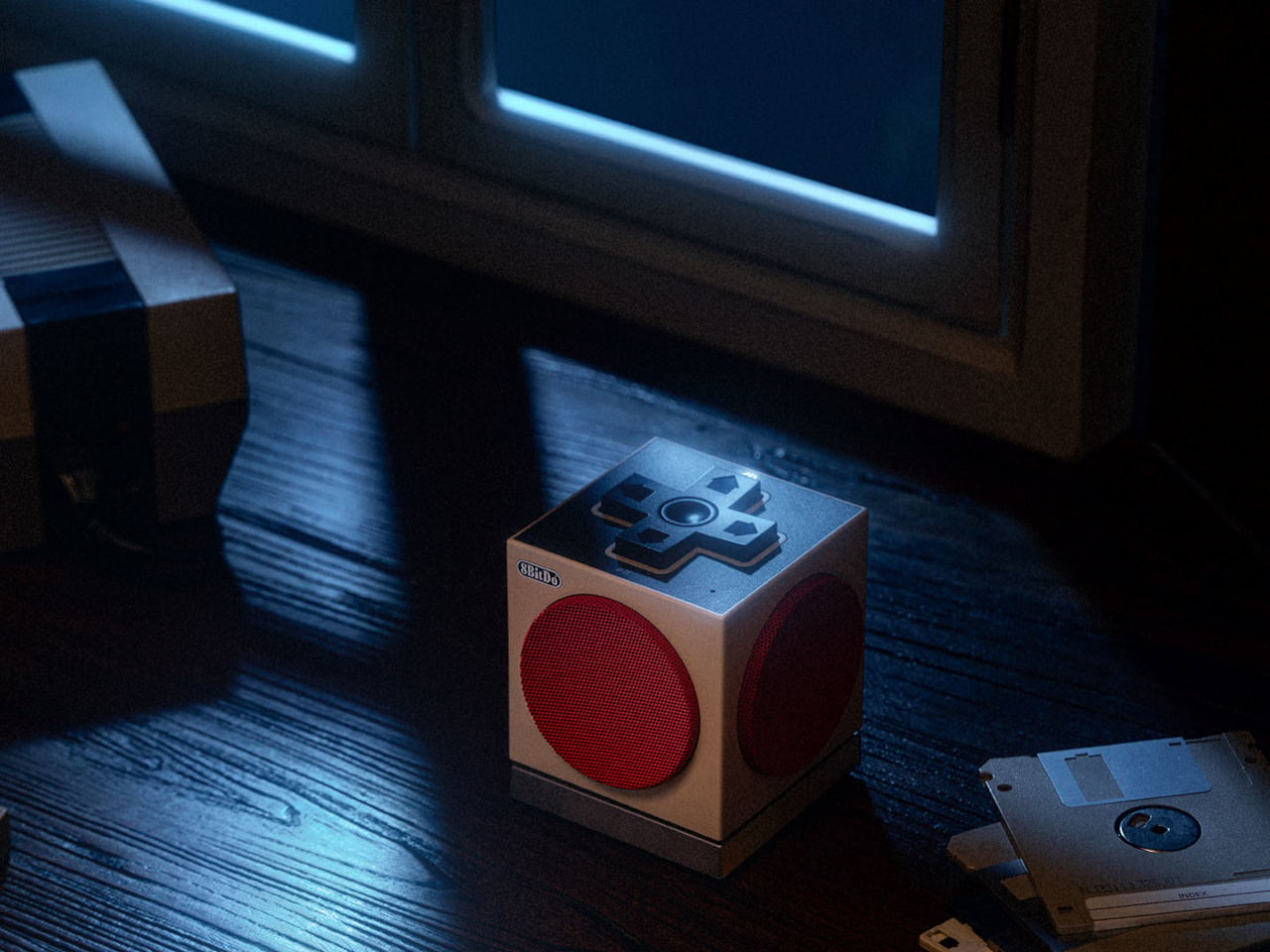
The top surface is a D-pad layout with a central button, plus and minus on the sides, a power icon at the top, and play/pause at the bottom. You control volume, playback, and pairing with a familiar gamepad language instead of tiny, unlabeled buttons. It is simple, tactile, and instantly recognizable if you have ever held a controller, which makes it feel more like part of a gaming setup than a generic Bluetooth puck that could live anywhere.
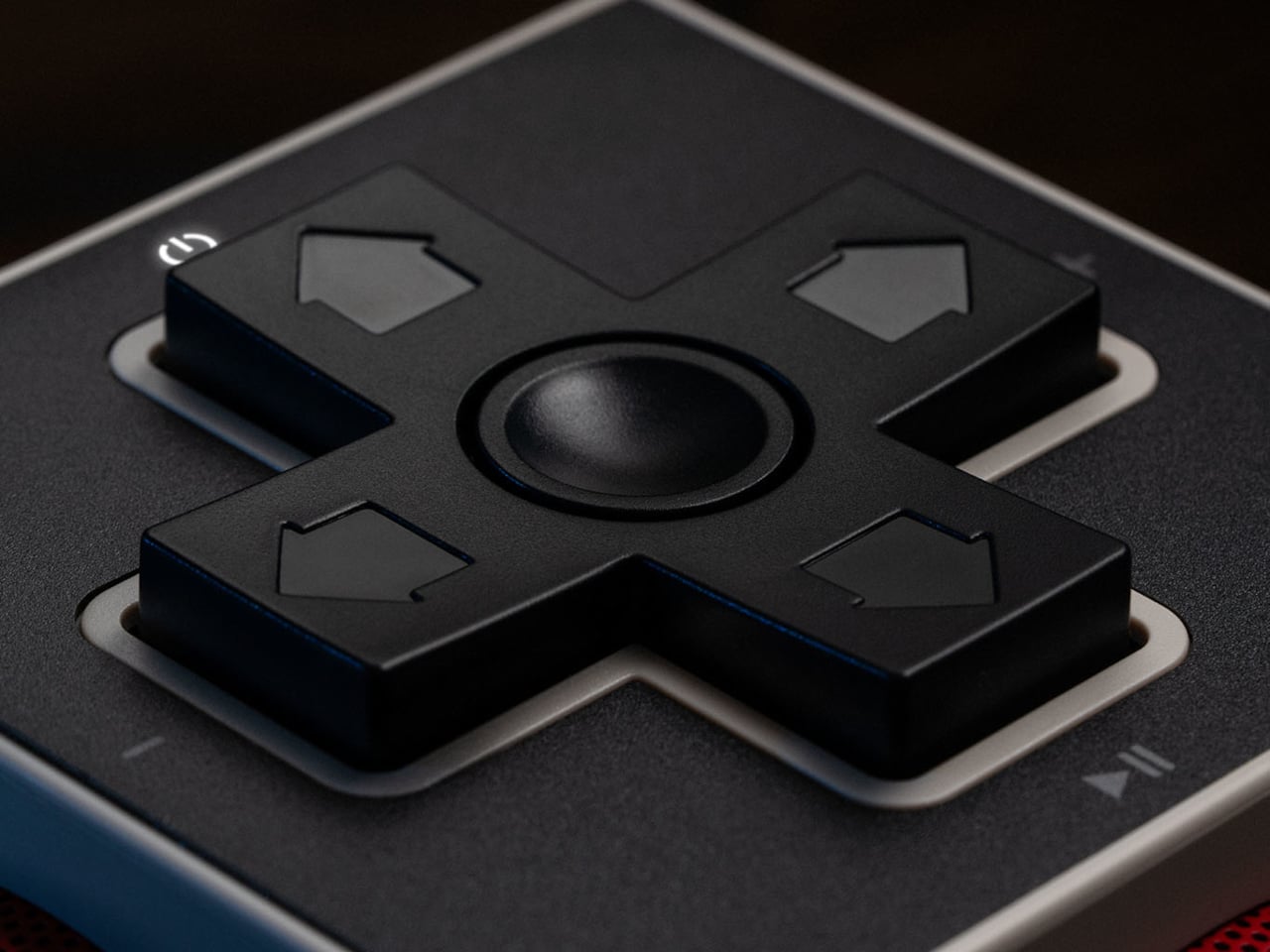
The connectivity offers Bluetooth 5.3, 2.4G wireless via the included USB-C adapter, and wired USB audio. Bluetooth is fine for casual listening, but 2.4G and USB give virtually lag-free audio for games and video. The adapter hides in a slot under the dock when not in use, which keeps it from wandering off and makes it easy to move the cube between a laptop, a Switch, or a desktop without digging through a drawer for dongles.
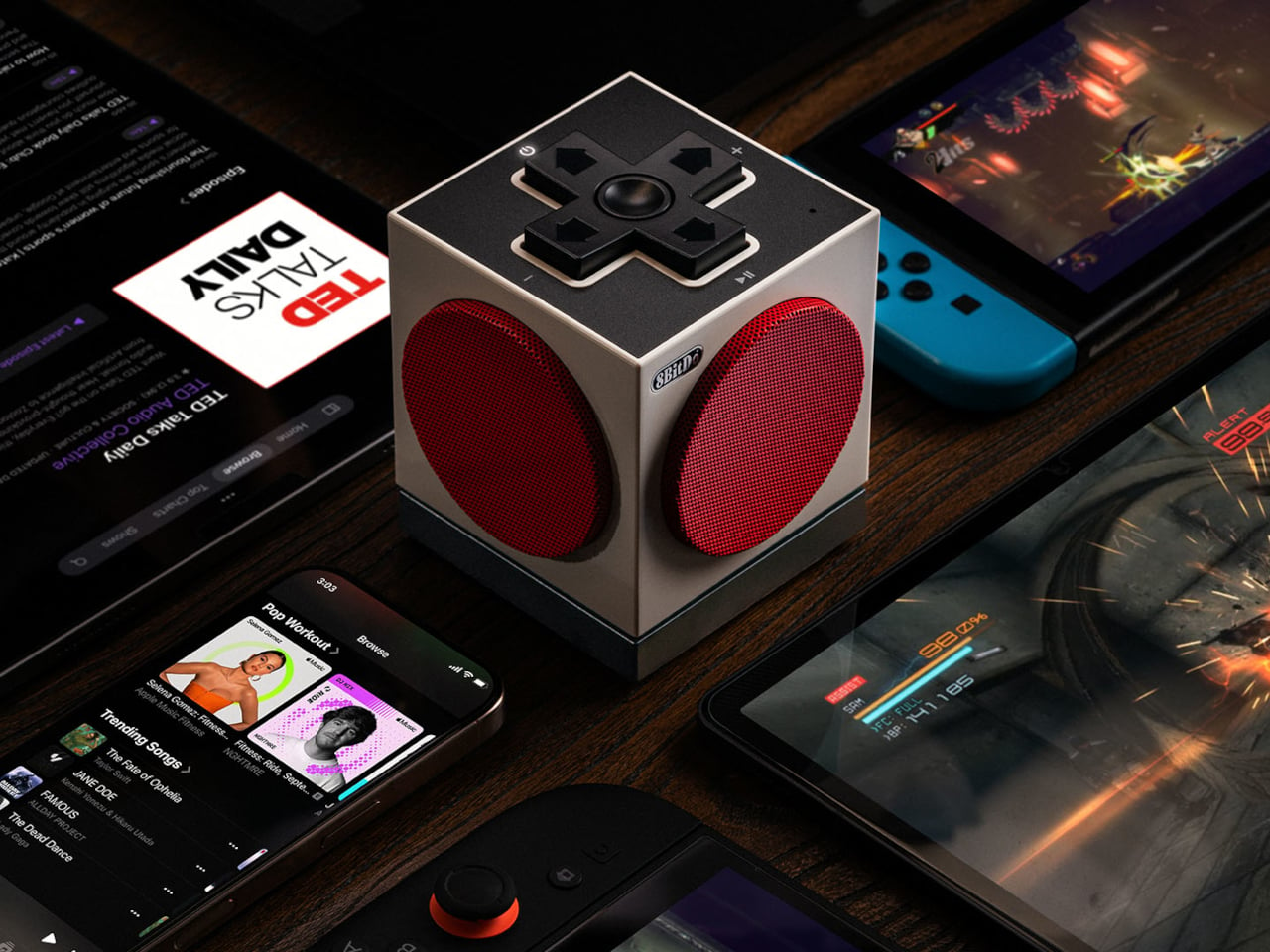
The integrated wireless charging dock is a small square base with a circular pad marked by a lightning-bolt icon and a perforated ring. The dock keeps the cube powered and also acts as a signal extender for 2.4G, so you get better reception when it is parked. It doubles as a visual plinth, lifting the cube slightly and making the whole thing read as one object instead of a speaker plus a random charging pad that does not quite match.
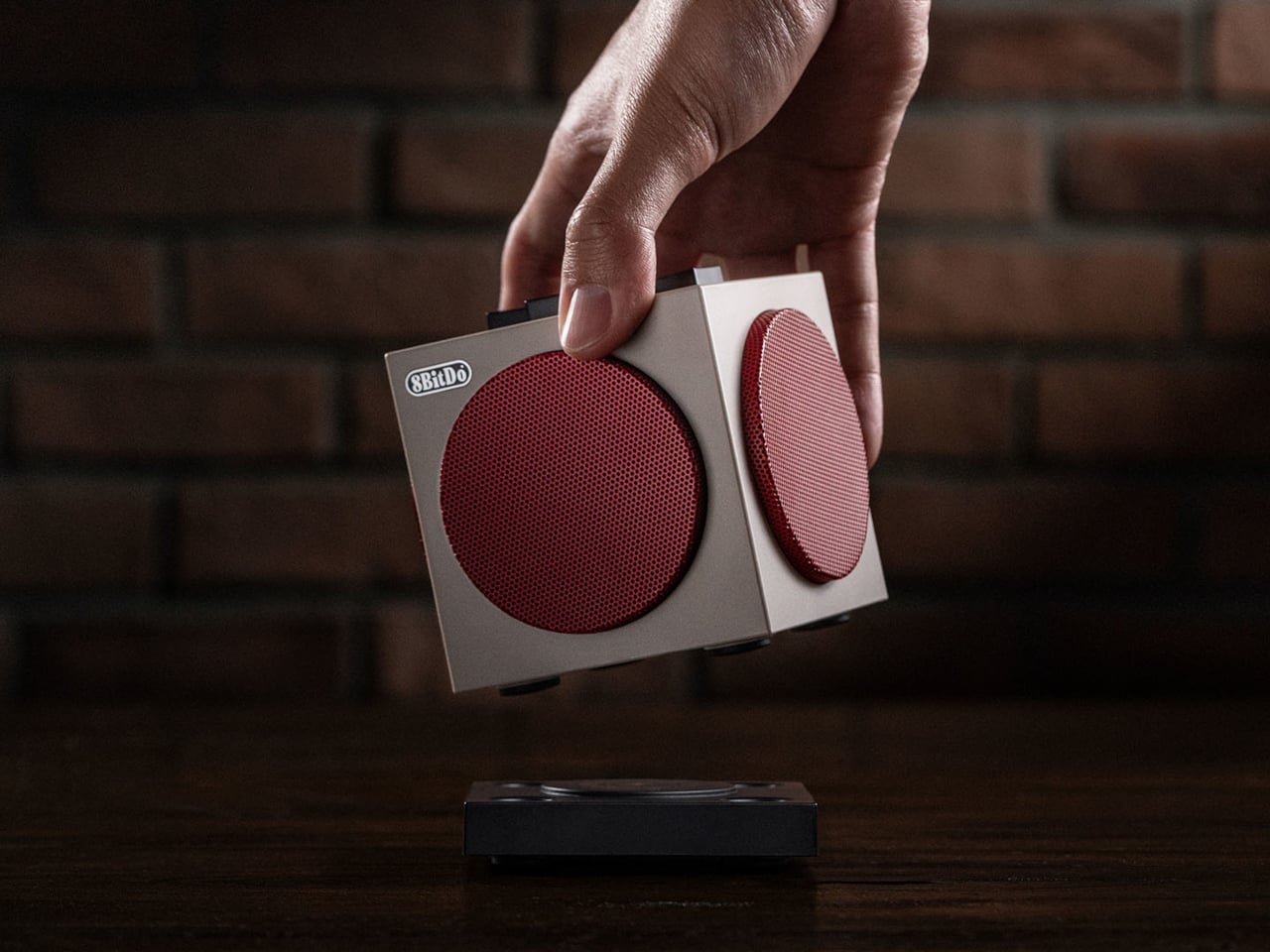
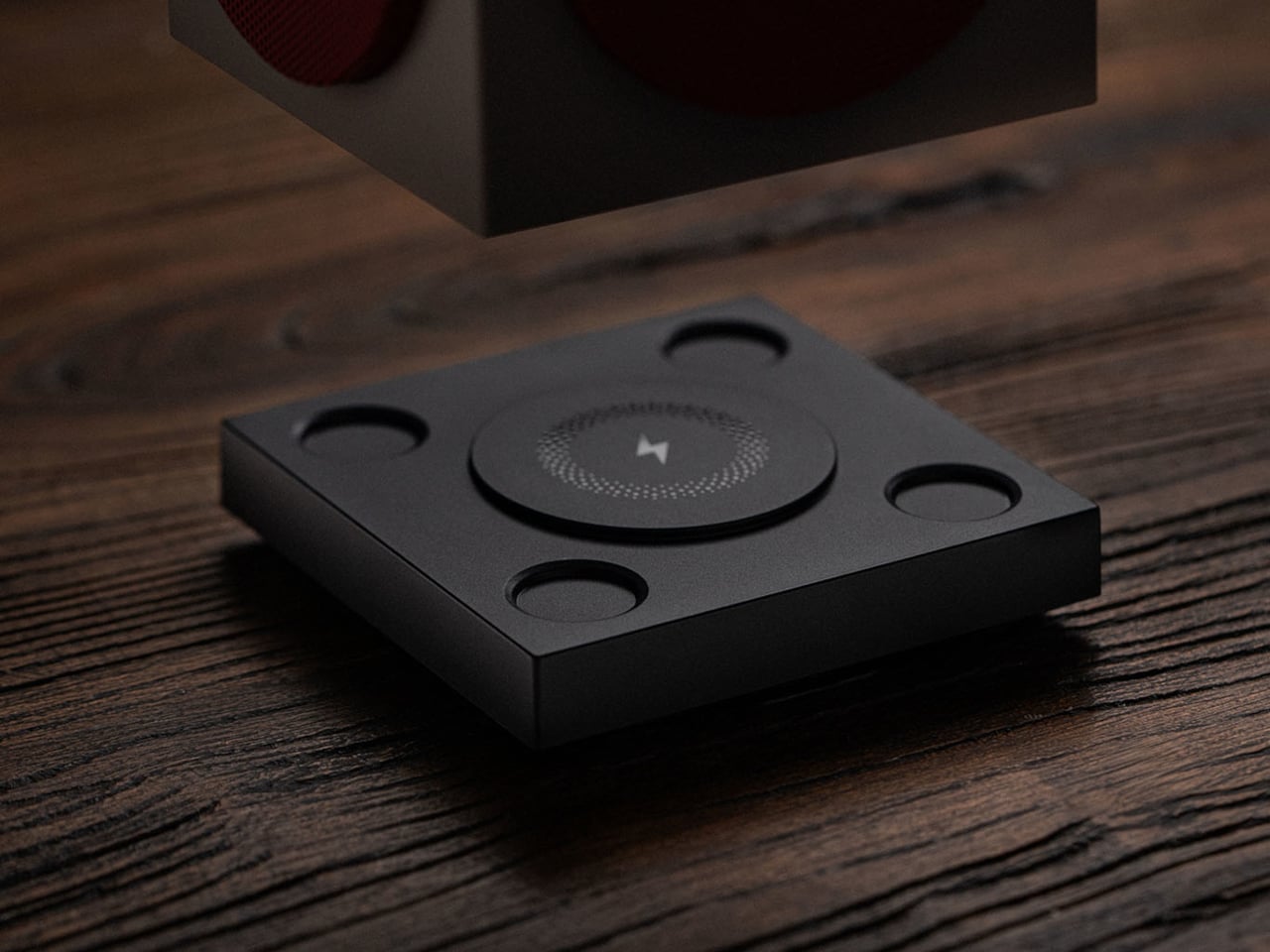
The tech specs are dual 5 W drivers, 120 Hz–15 kHz frequency response, and a 2,000 mAh battery with around 30 hours of use and 3–5 hours of charging. It is slightly larger than a Rubik’s Cube, which makes it ideal for near-field listening on a desk or nightstand. Music and Gaming modes let you tweak the tuning with a single press, so you can lean into clarity for calls or a bit more punch for games.
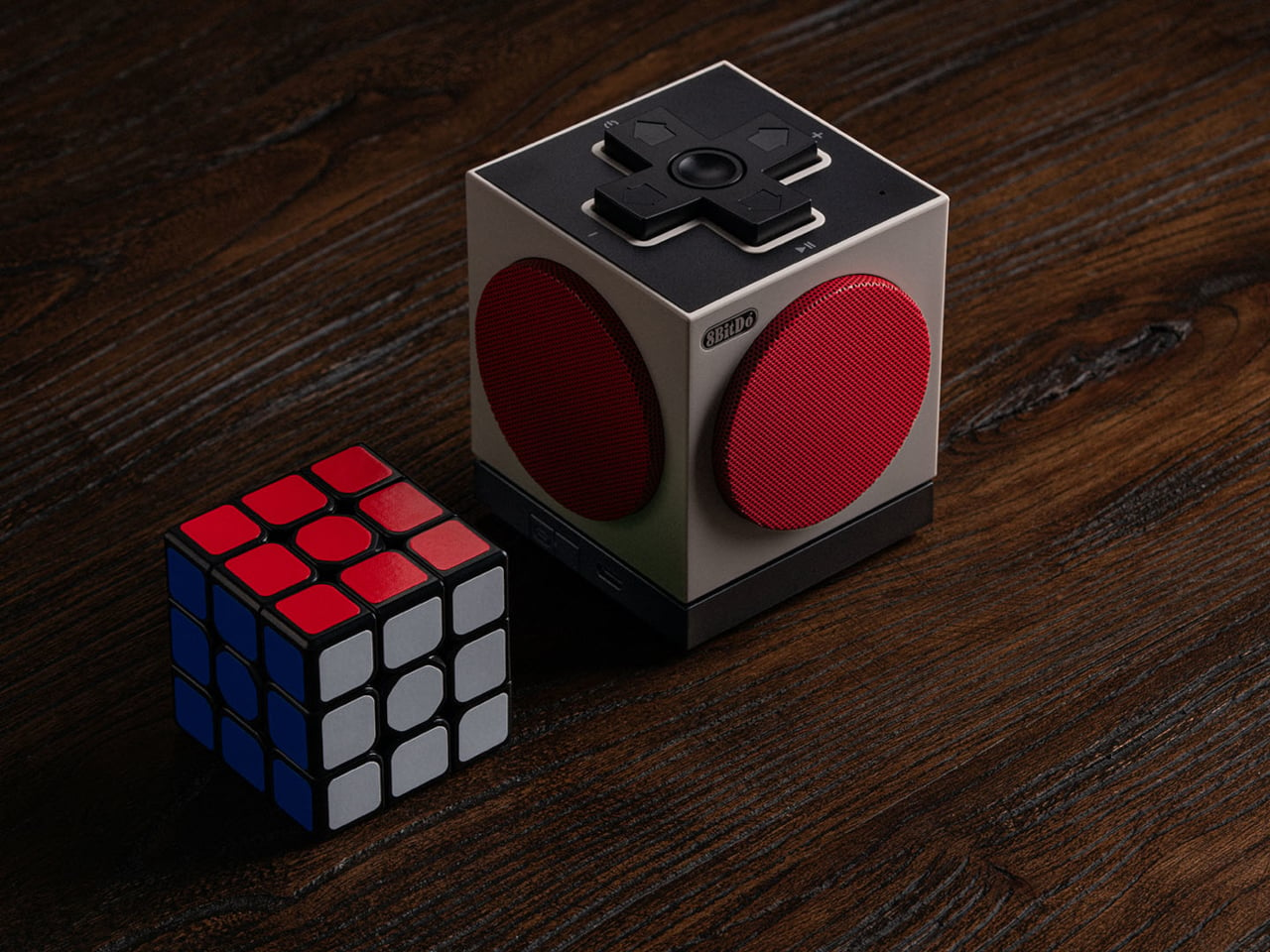
Retro Cube 2 behaves as a desk companion that actually earns its footprint. It sits next to a keyboard and mouse like a tiny console, charges itself when you drop it on the dock, and gives you a D-pad to poke at instead of a phone screen when you want to skip a track. Whether or not you already own the matching keyboard and controller, a small NES-flavored speaker with a wireless dock and three connection modes is the kind of object that quietly makes a desk feel more finished, especially if you still remember what a D-pad felt like the first time you pressed one.
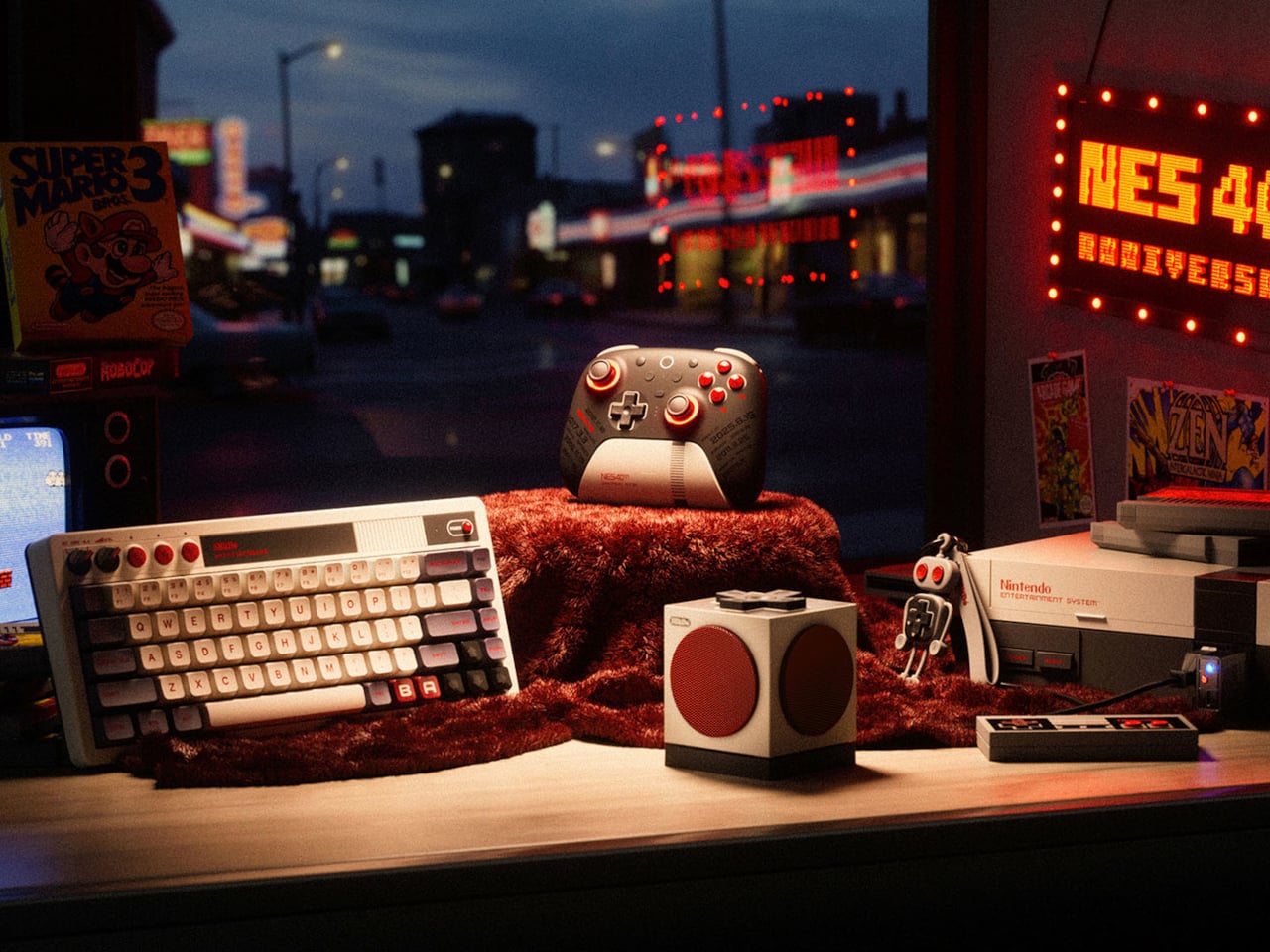
The post NES-inspired 8BitDo Retro Cube 2 Has a D-Pad for Volume and Playback first appeared on Yanko Design.
